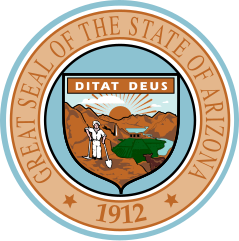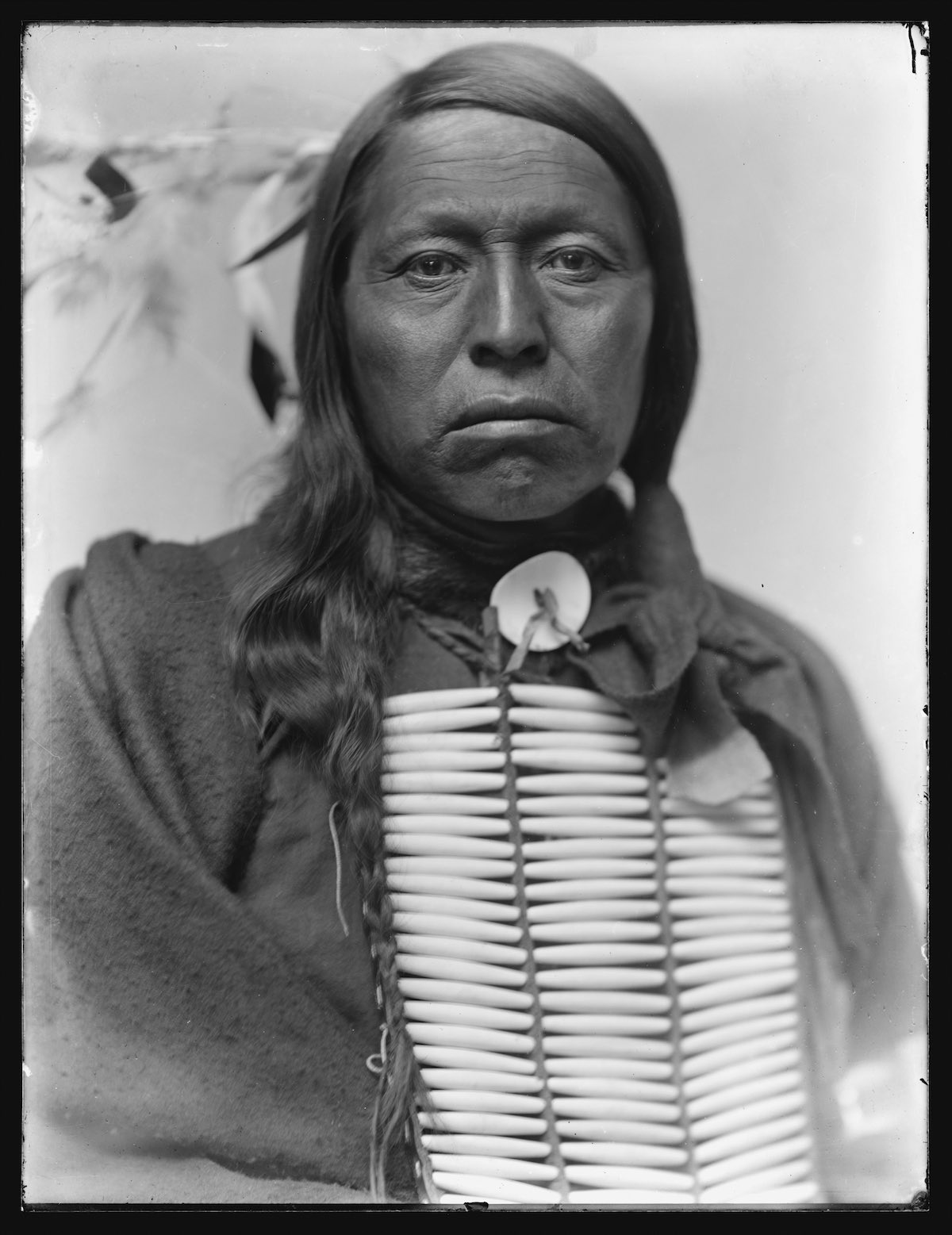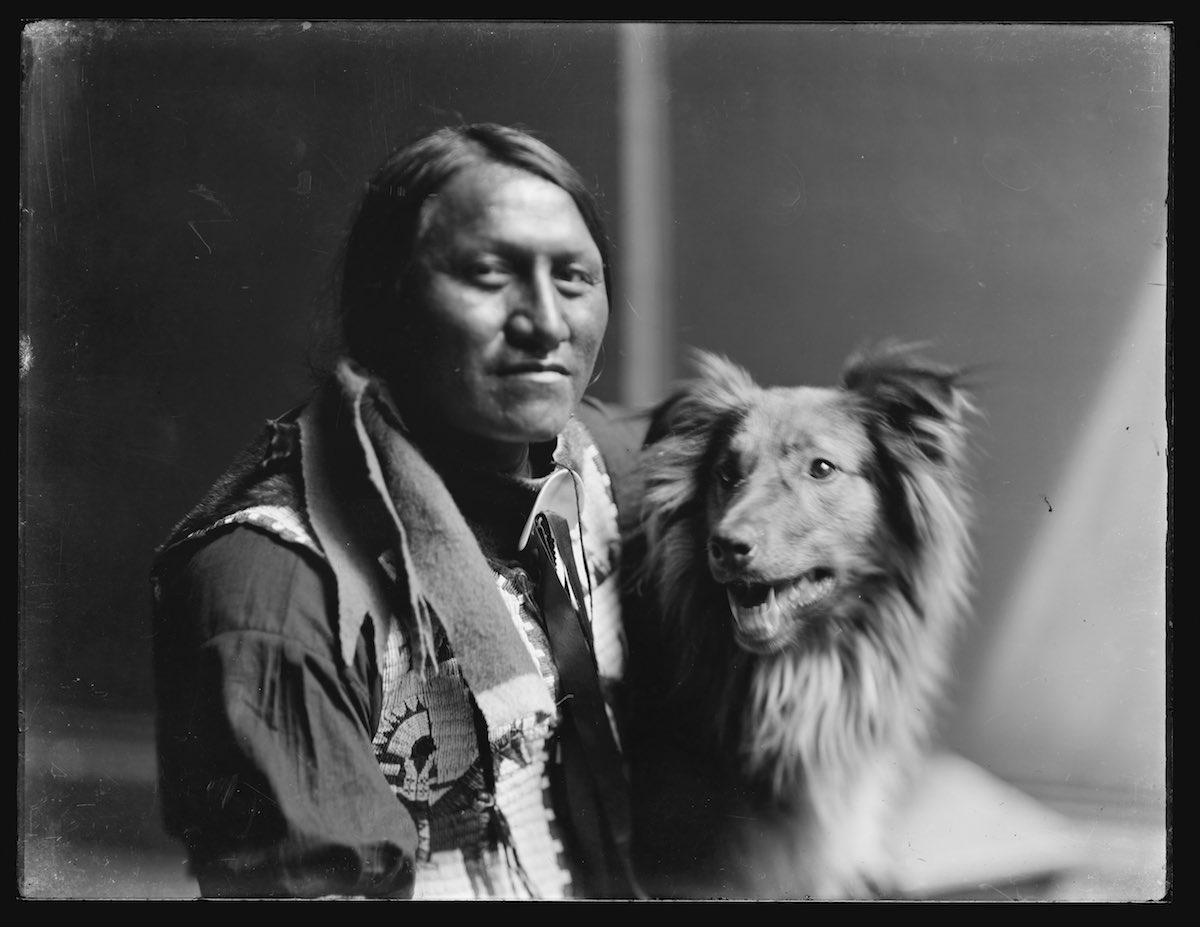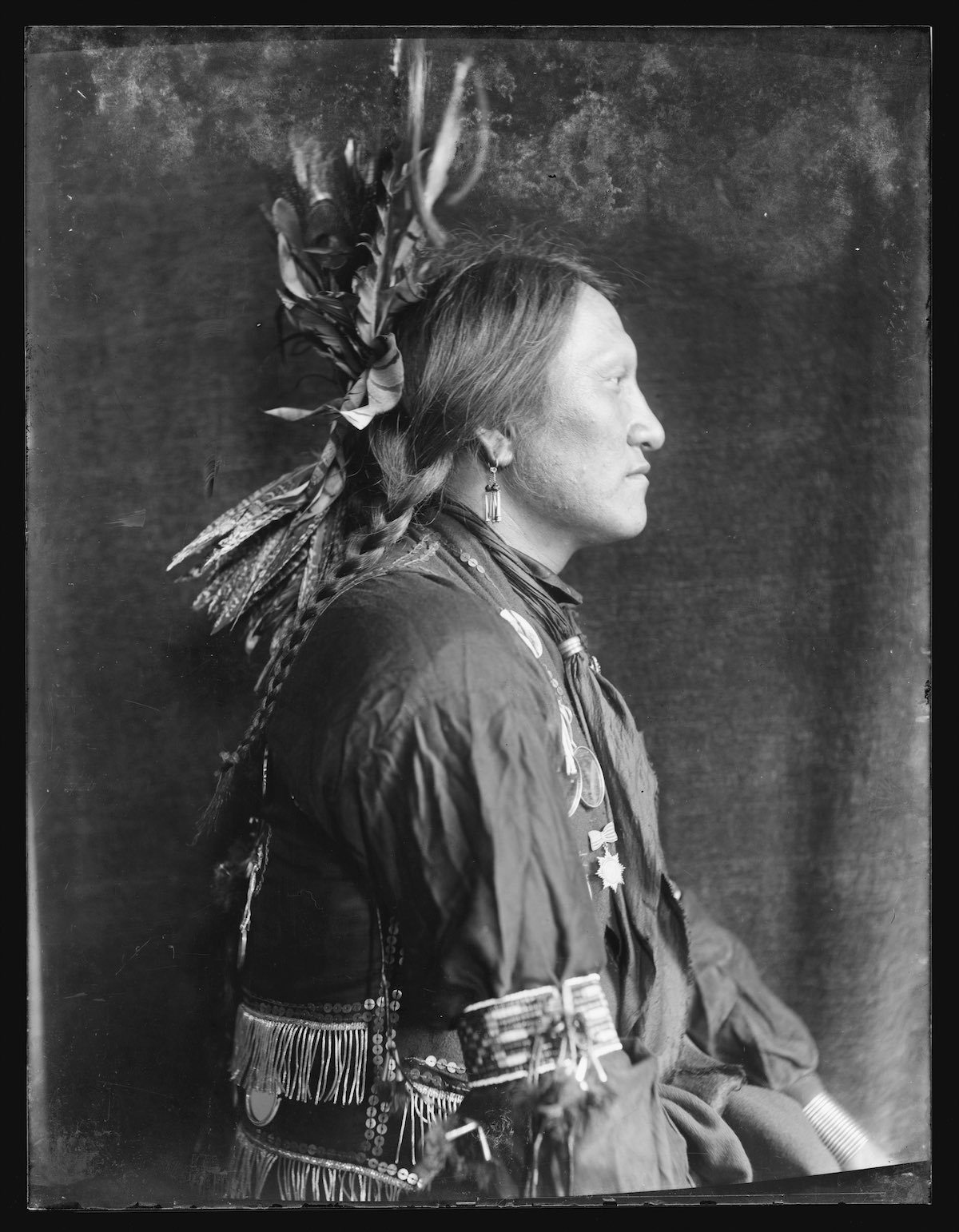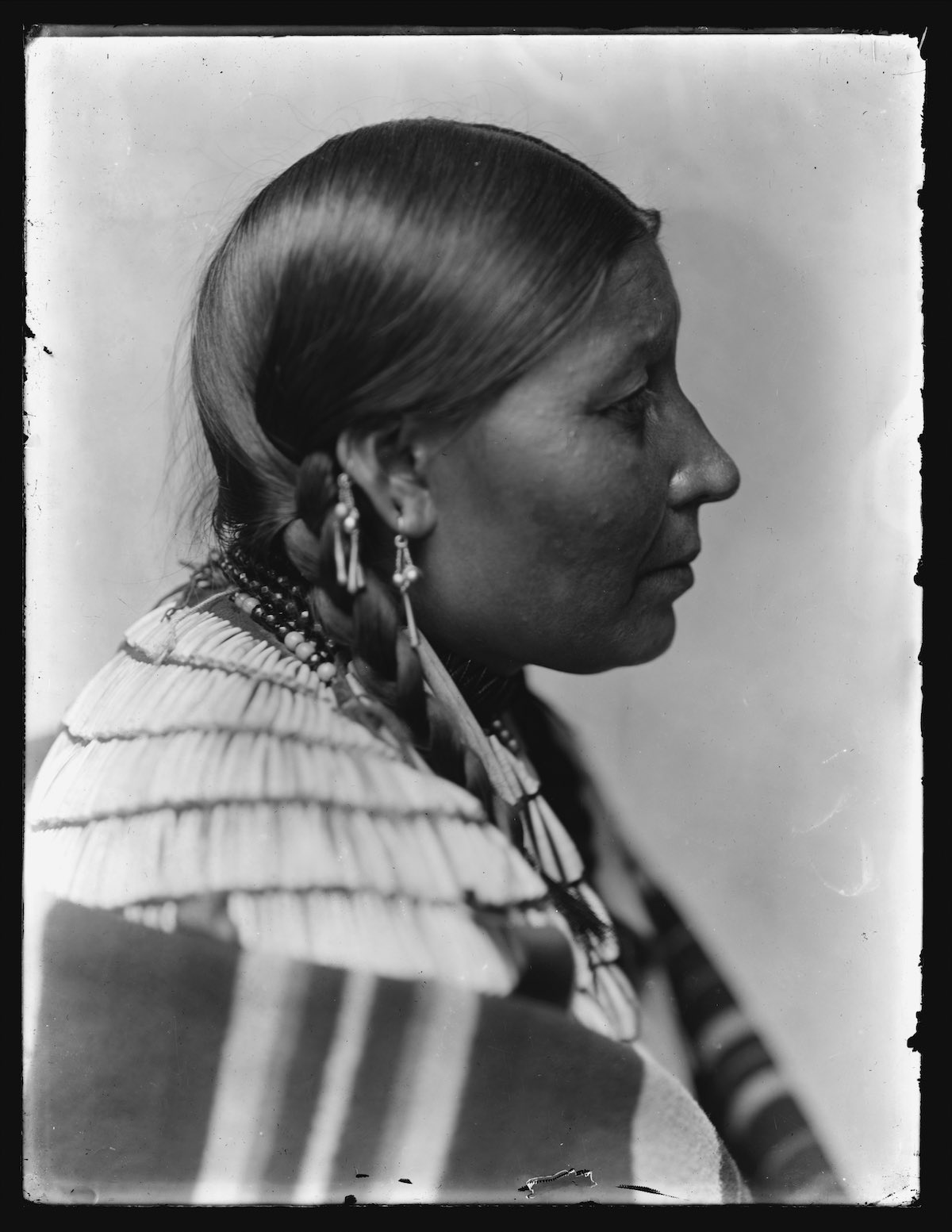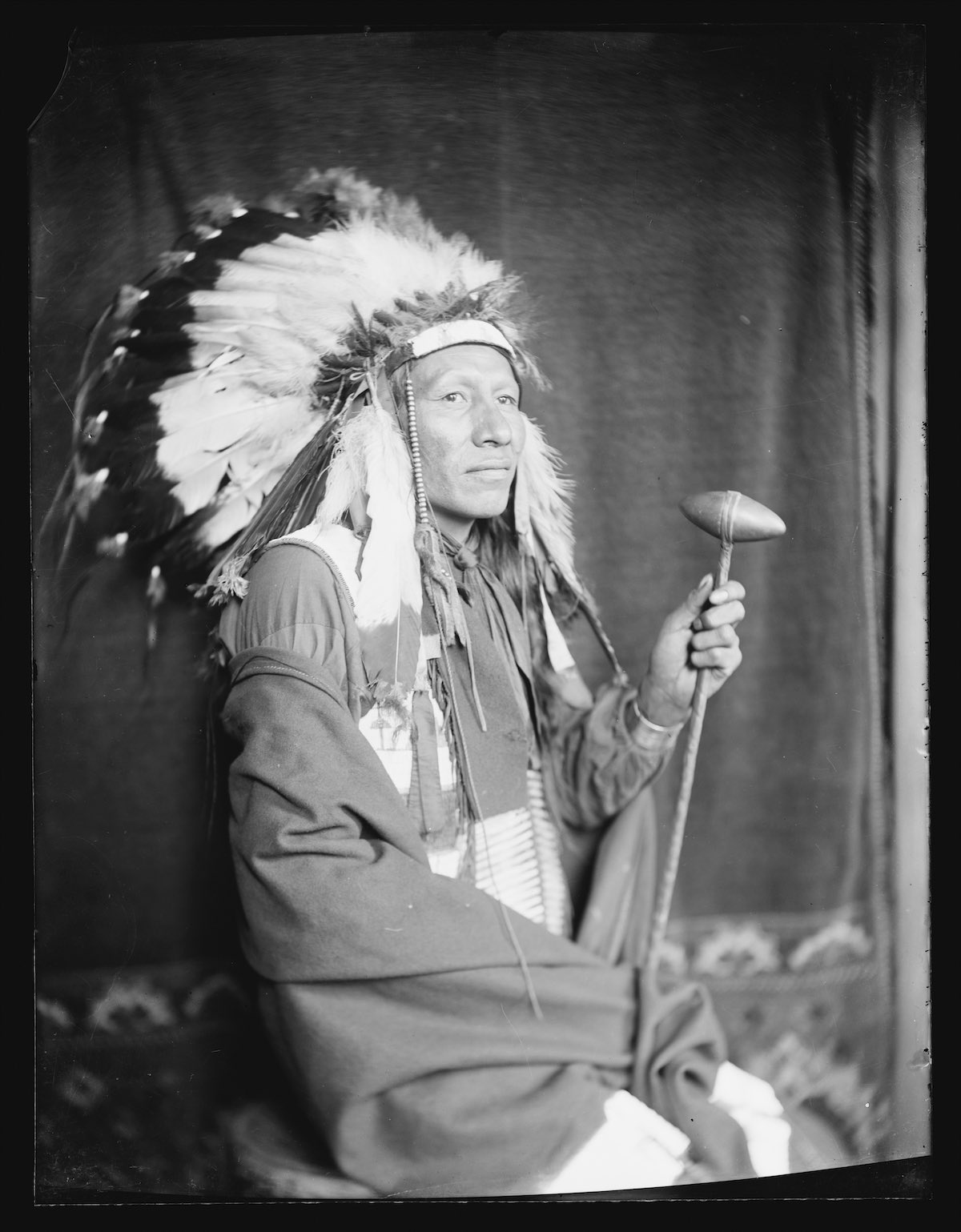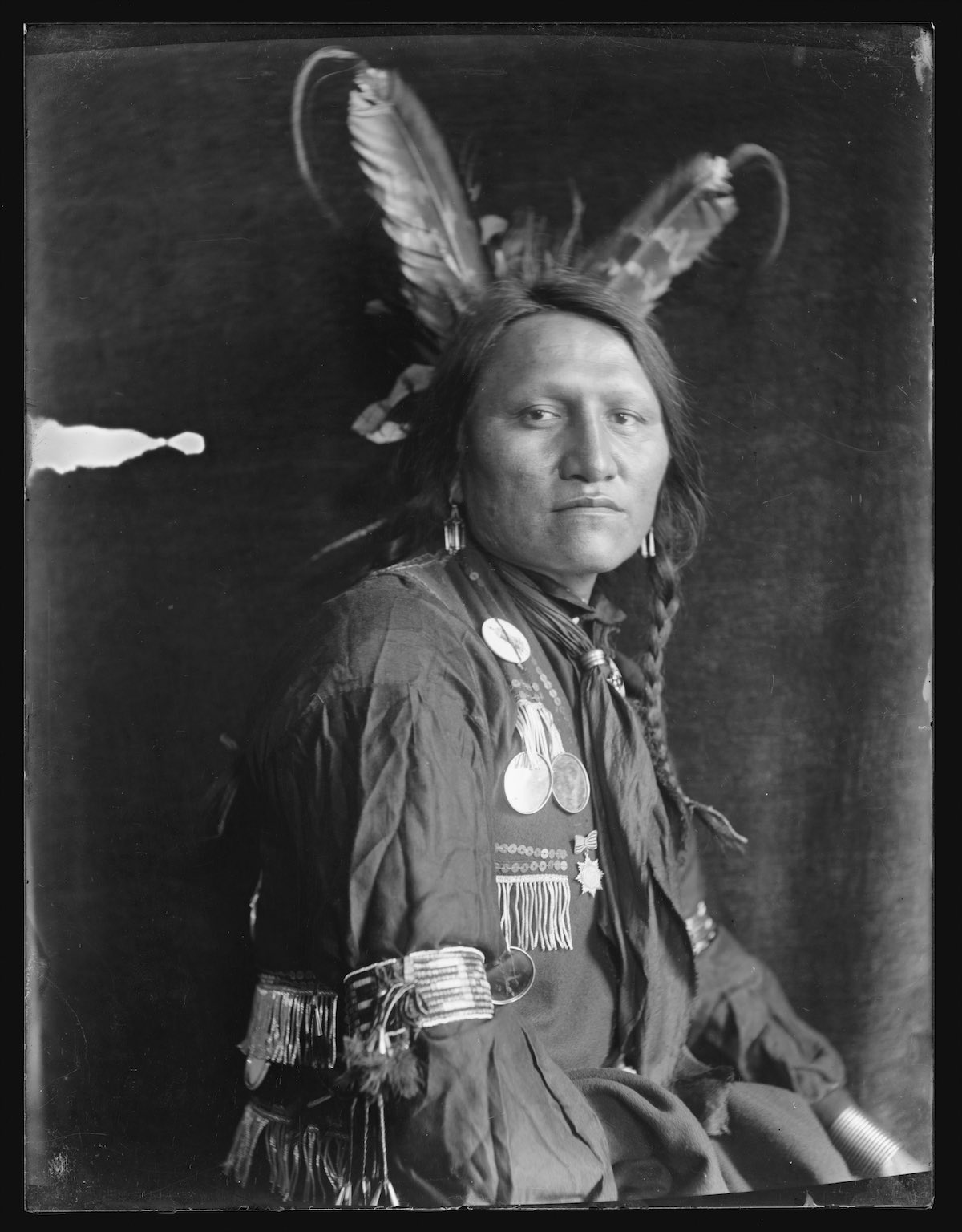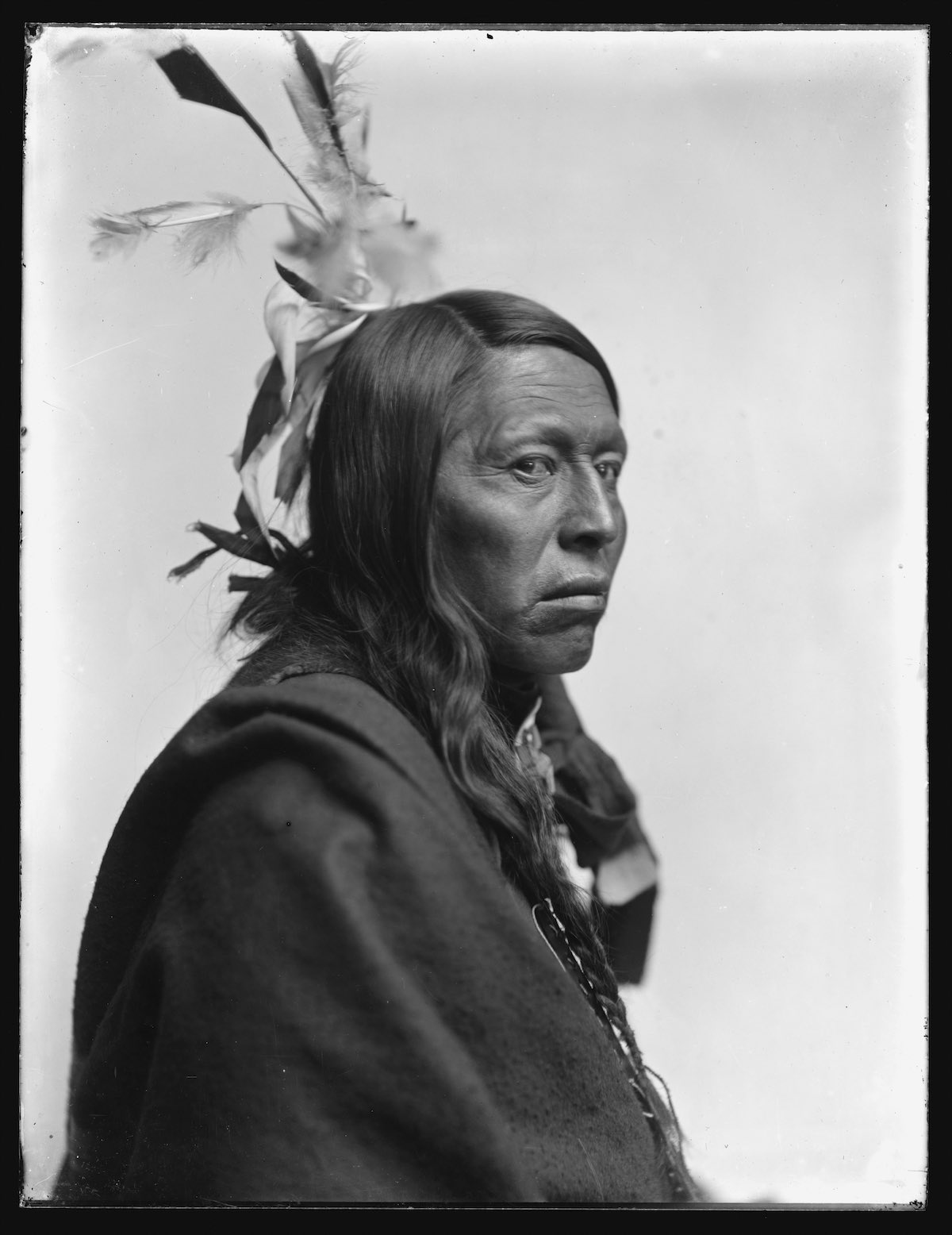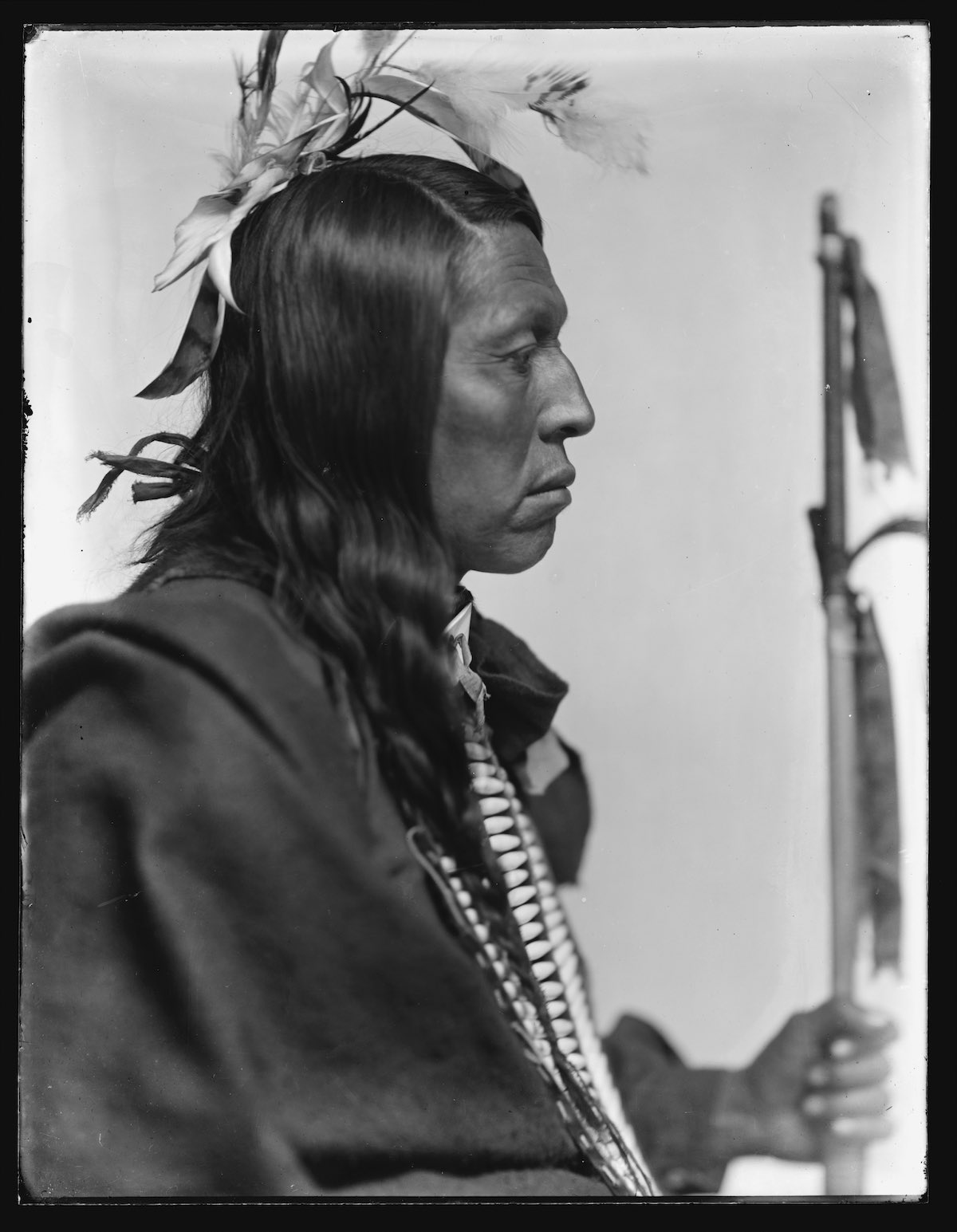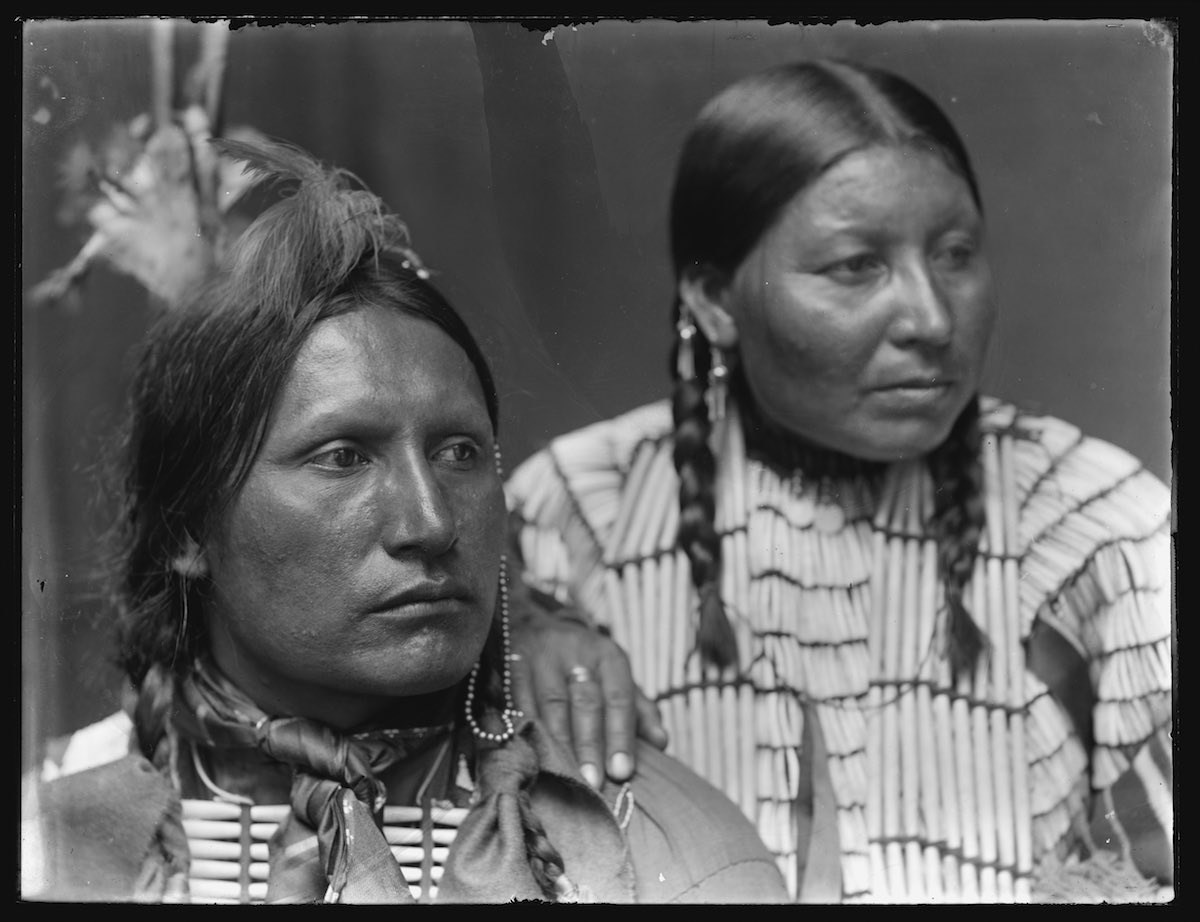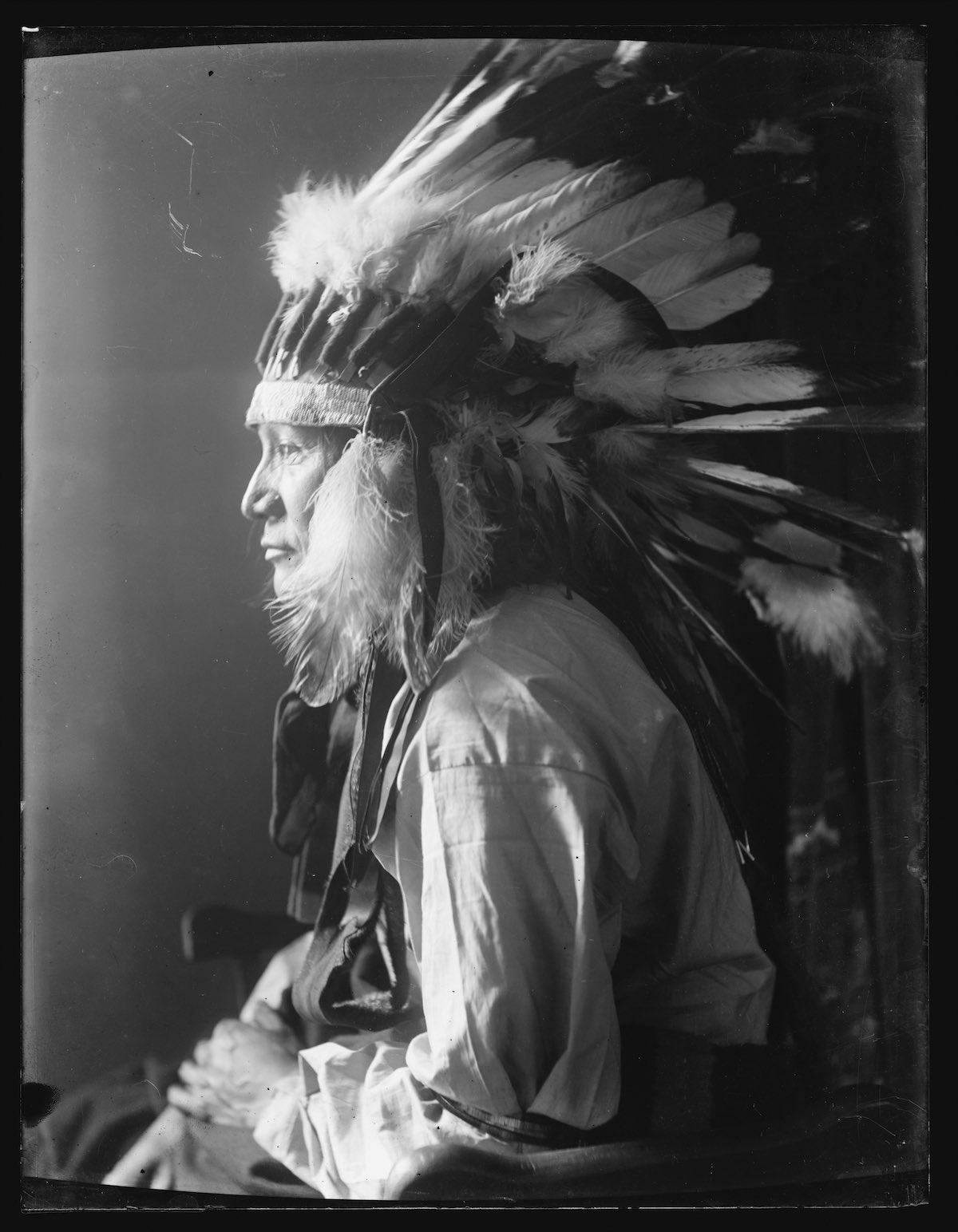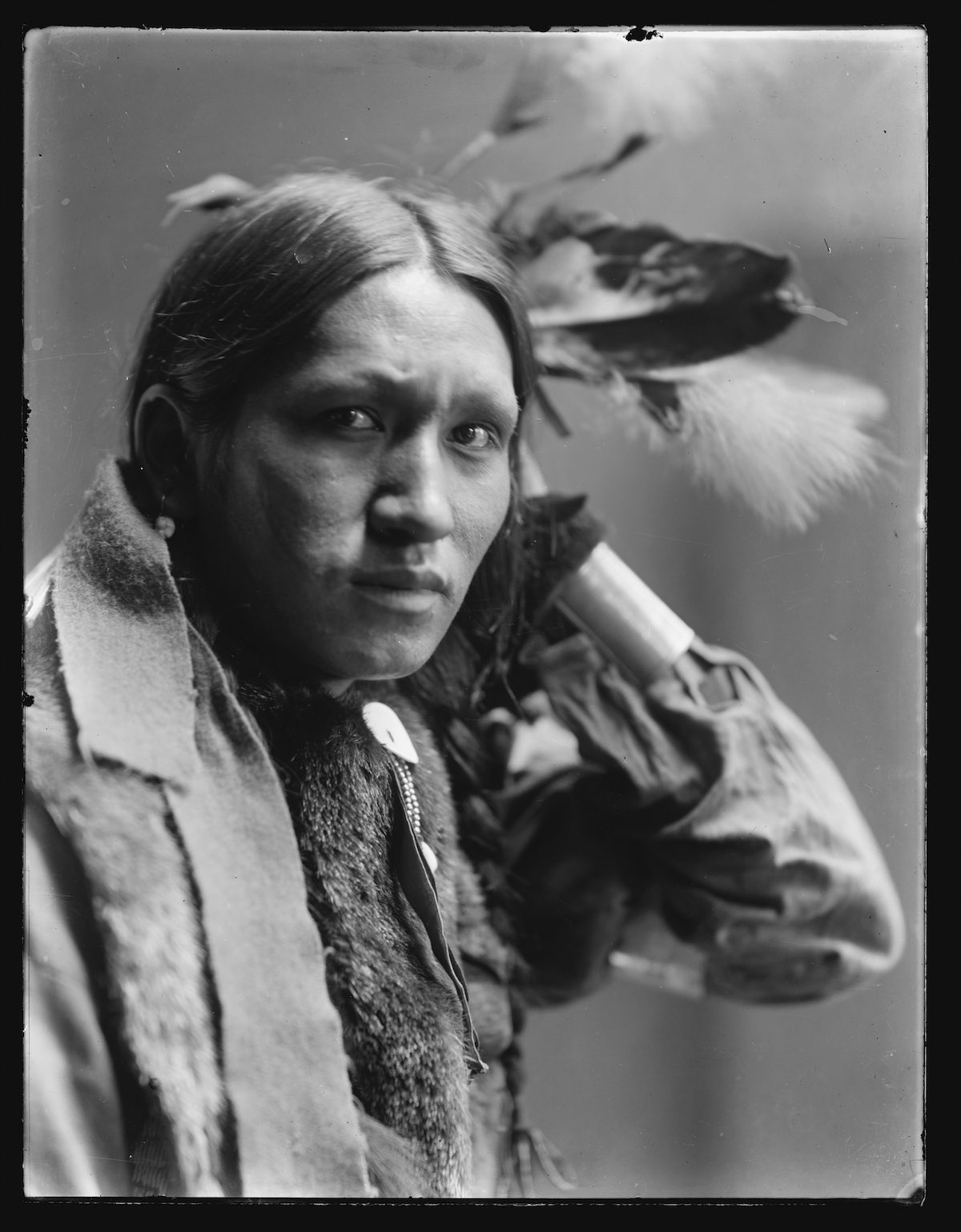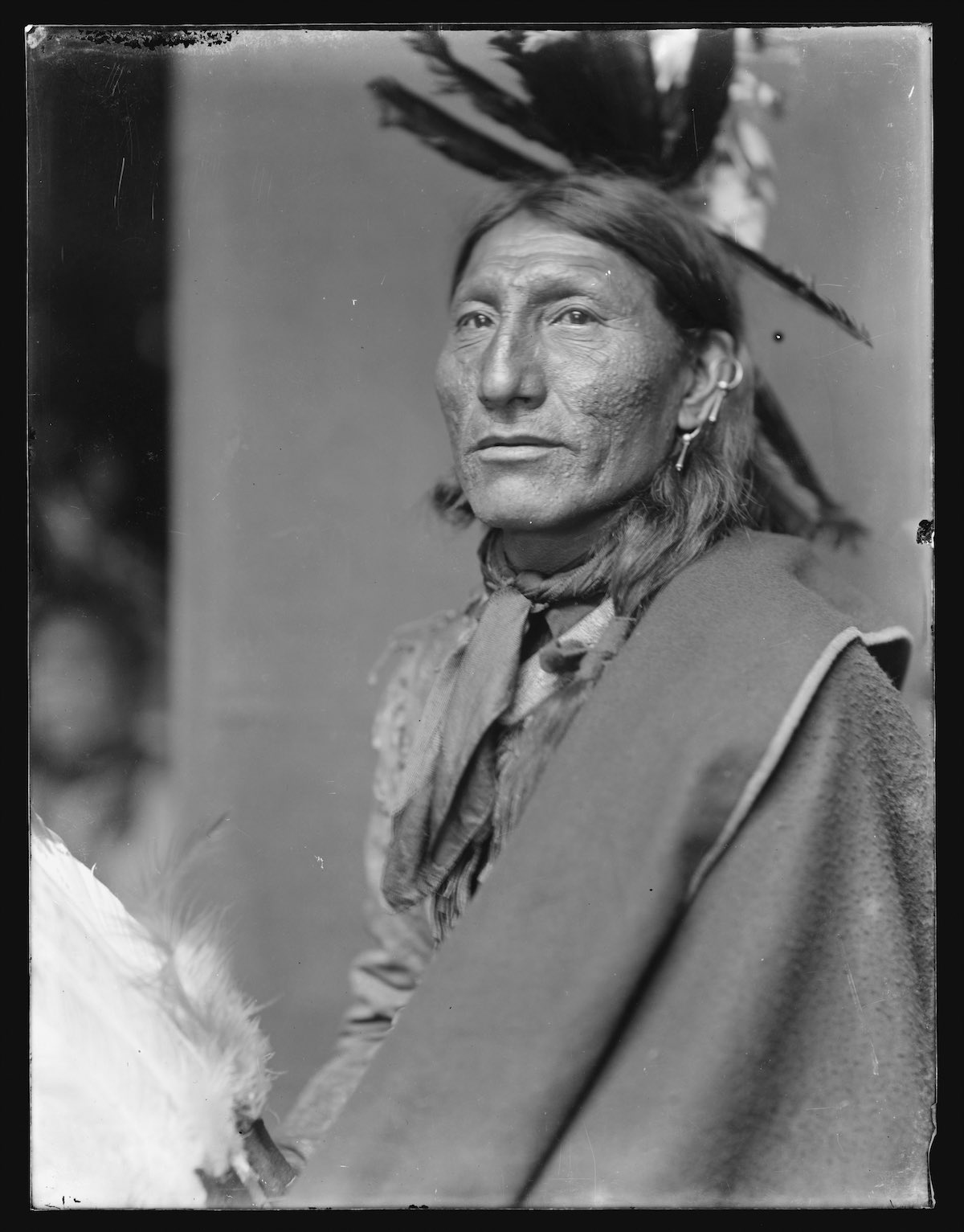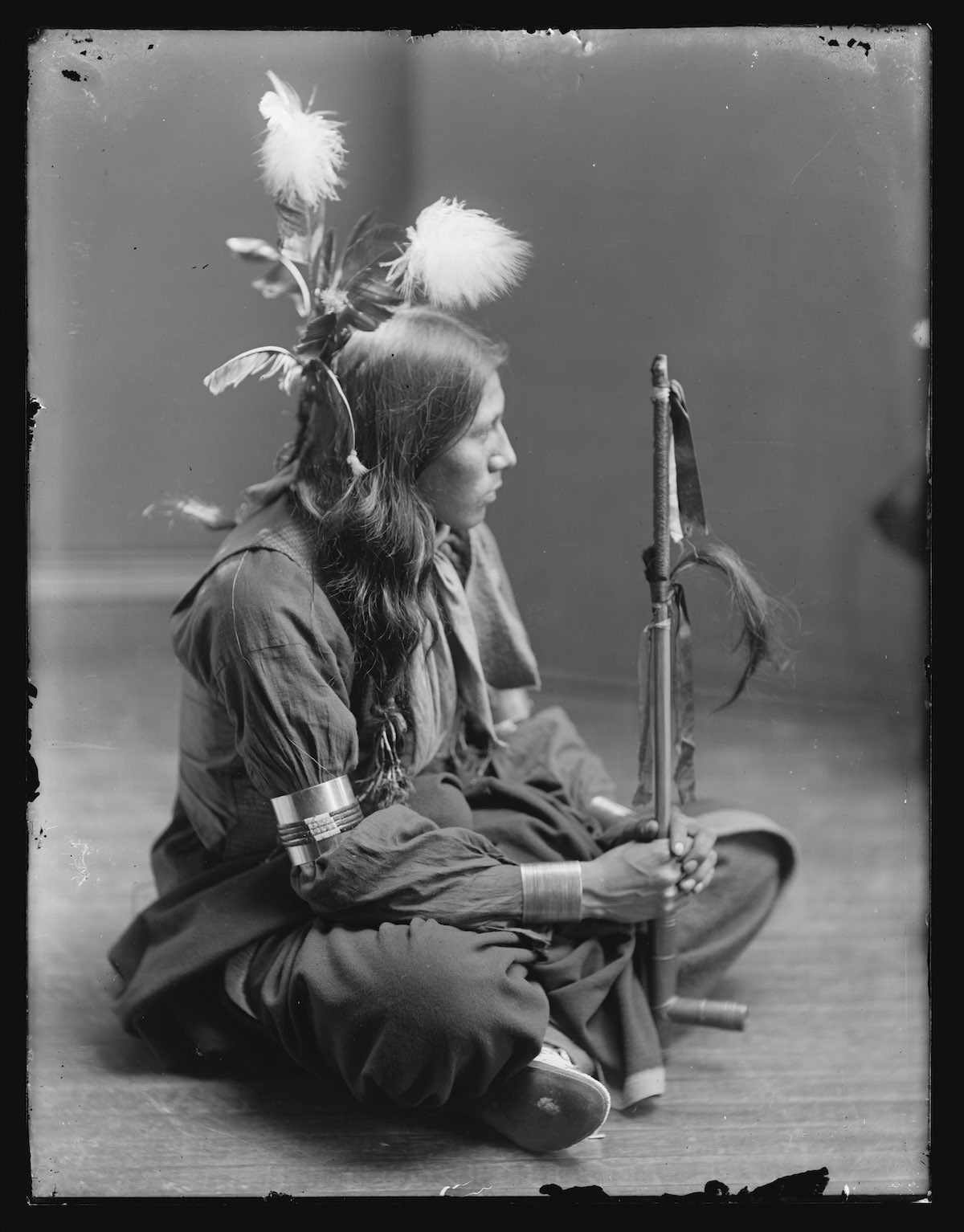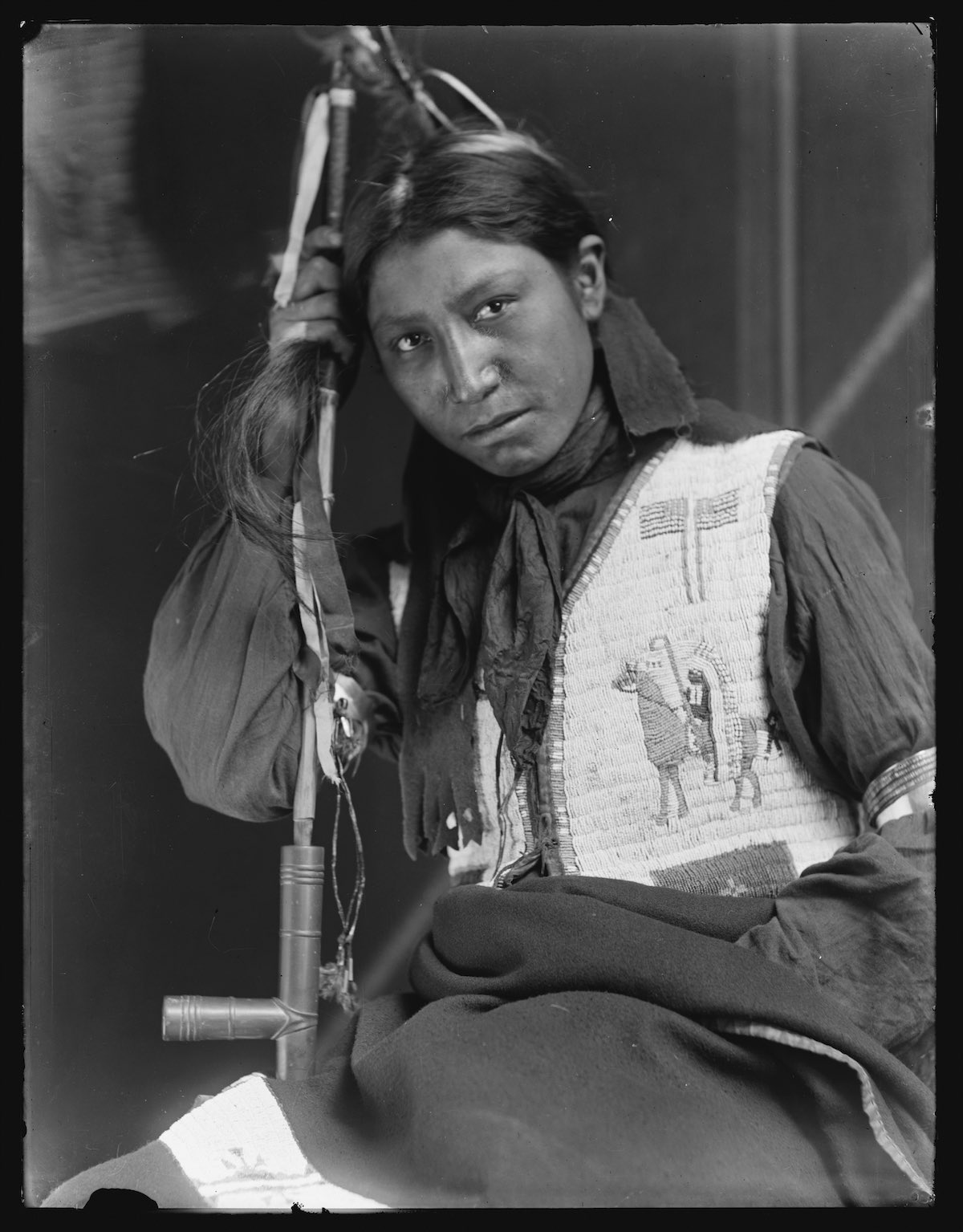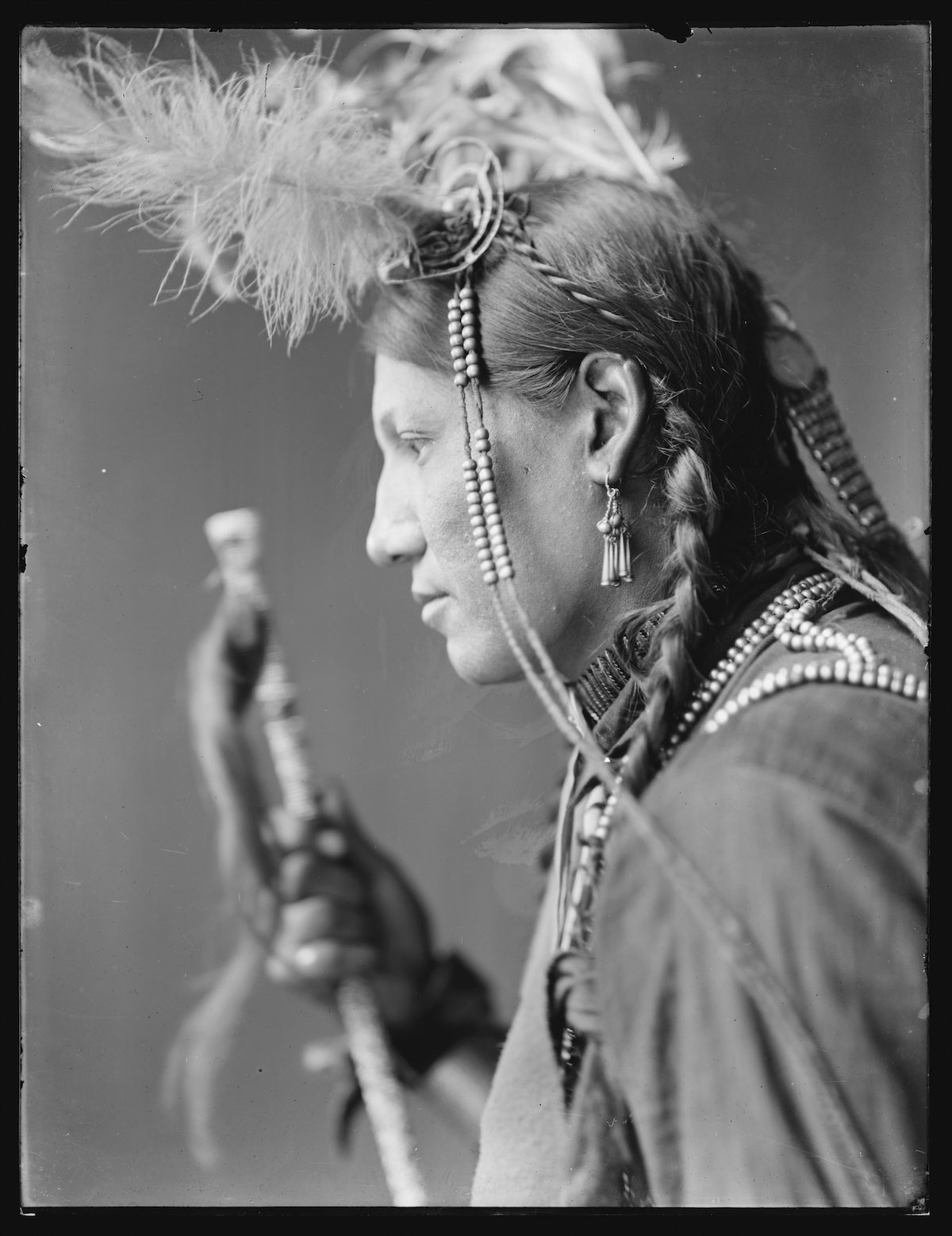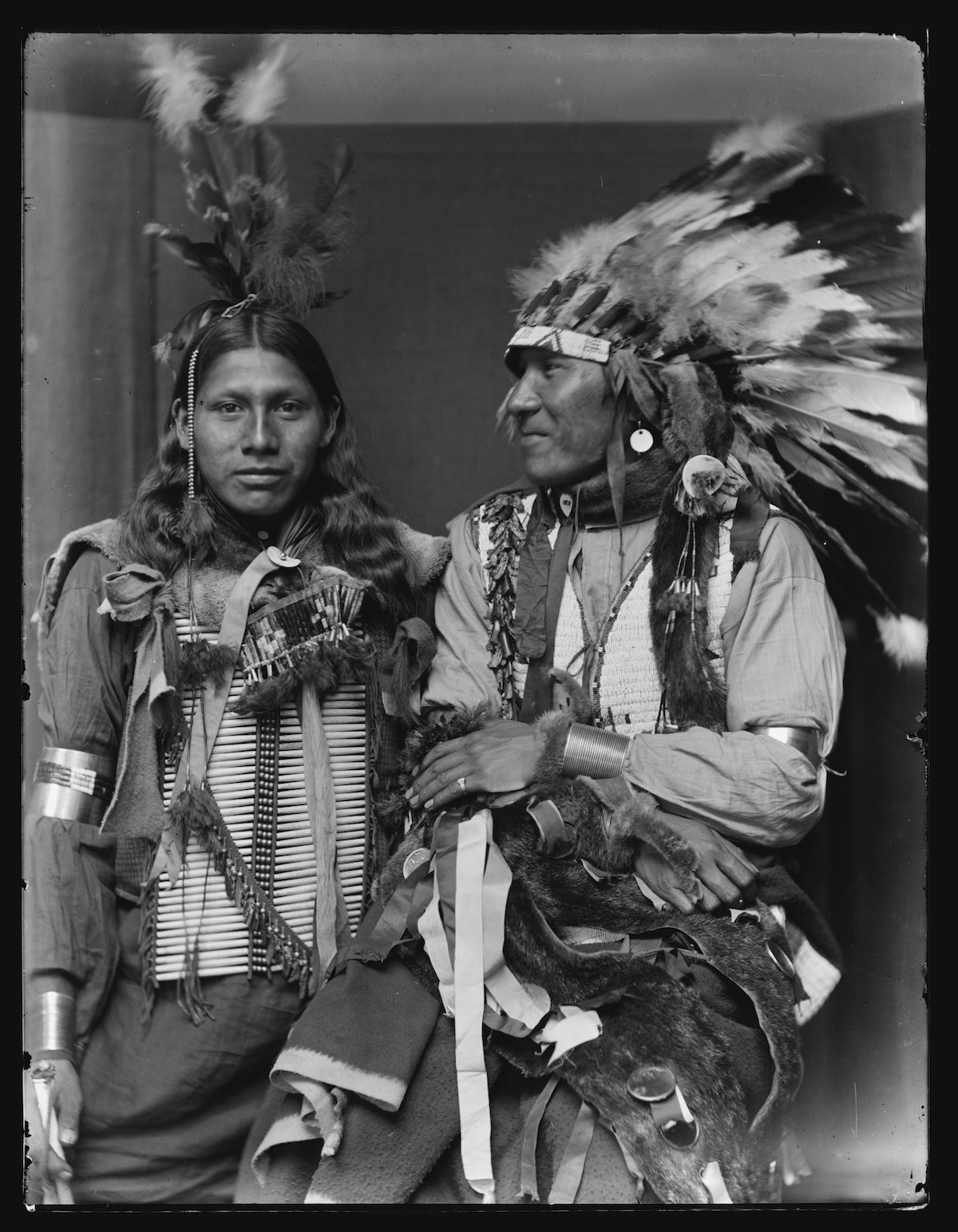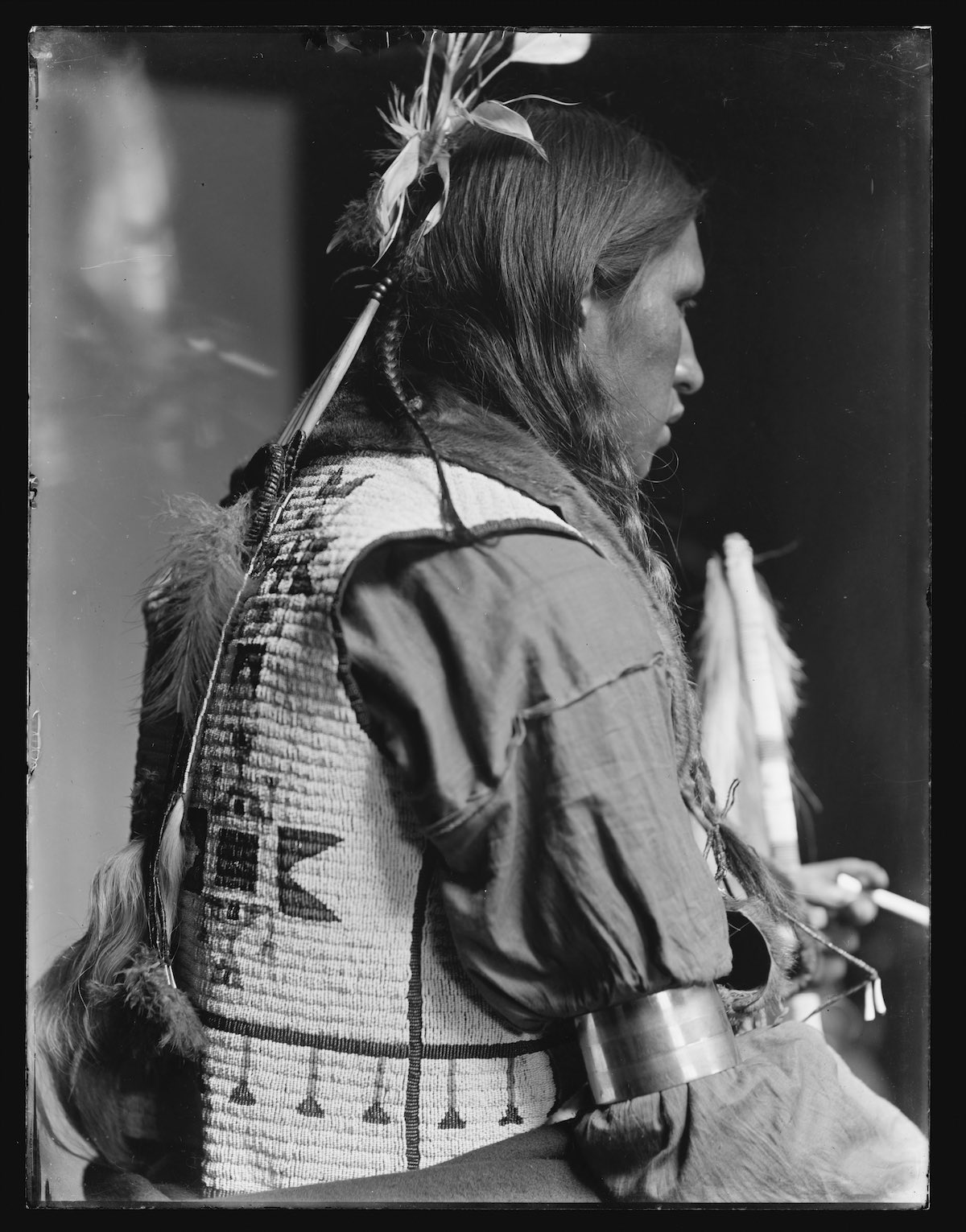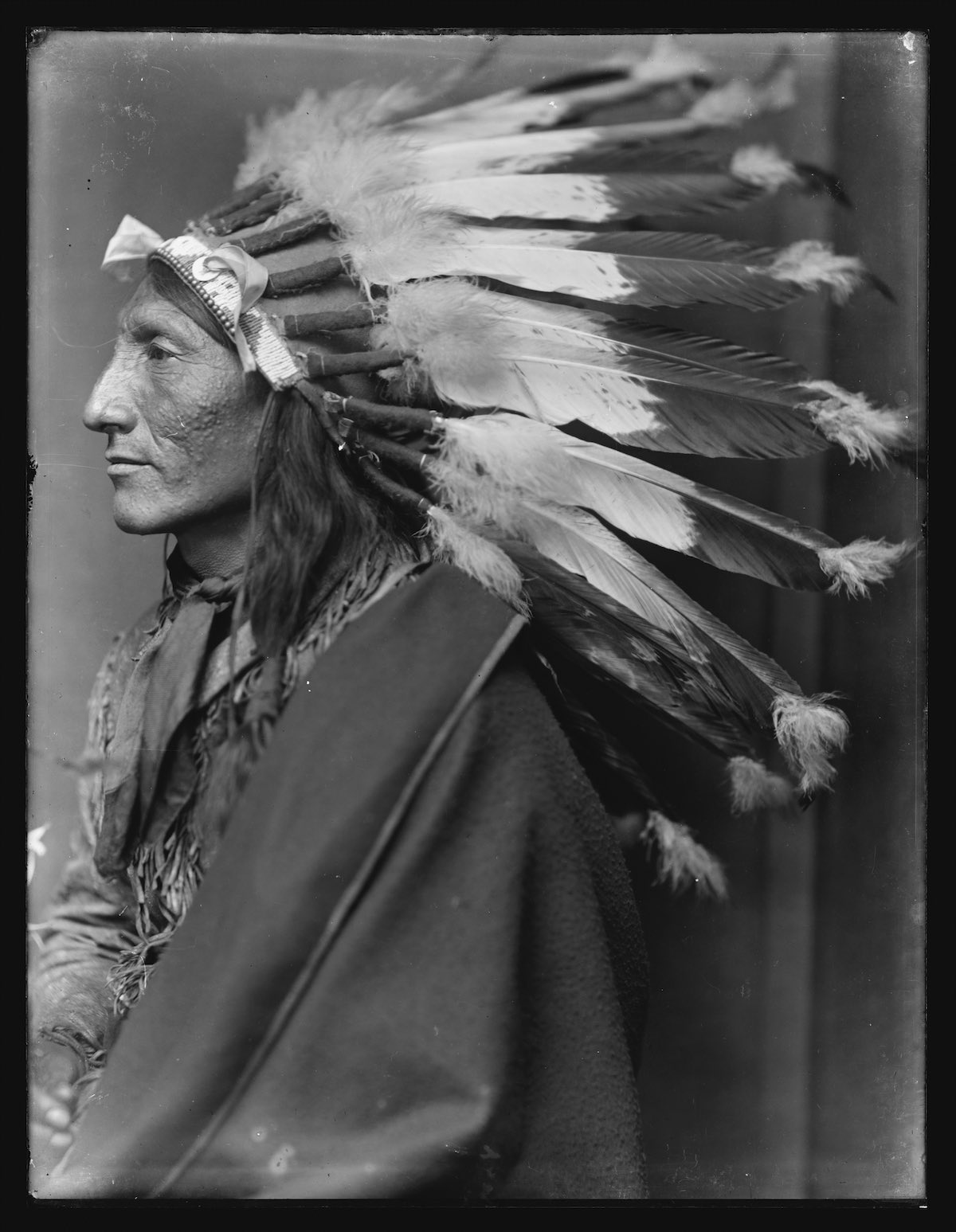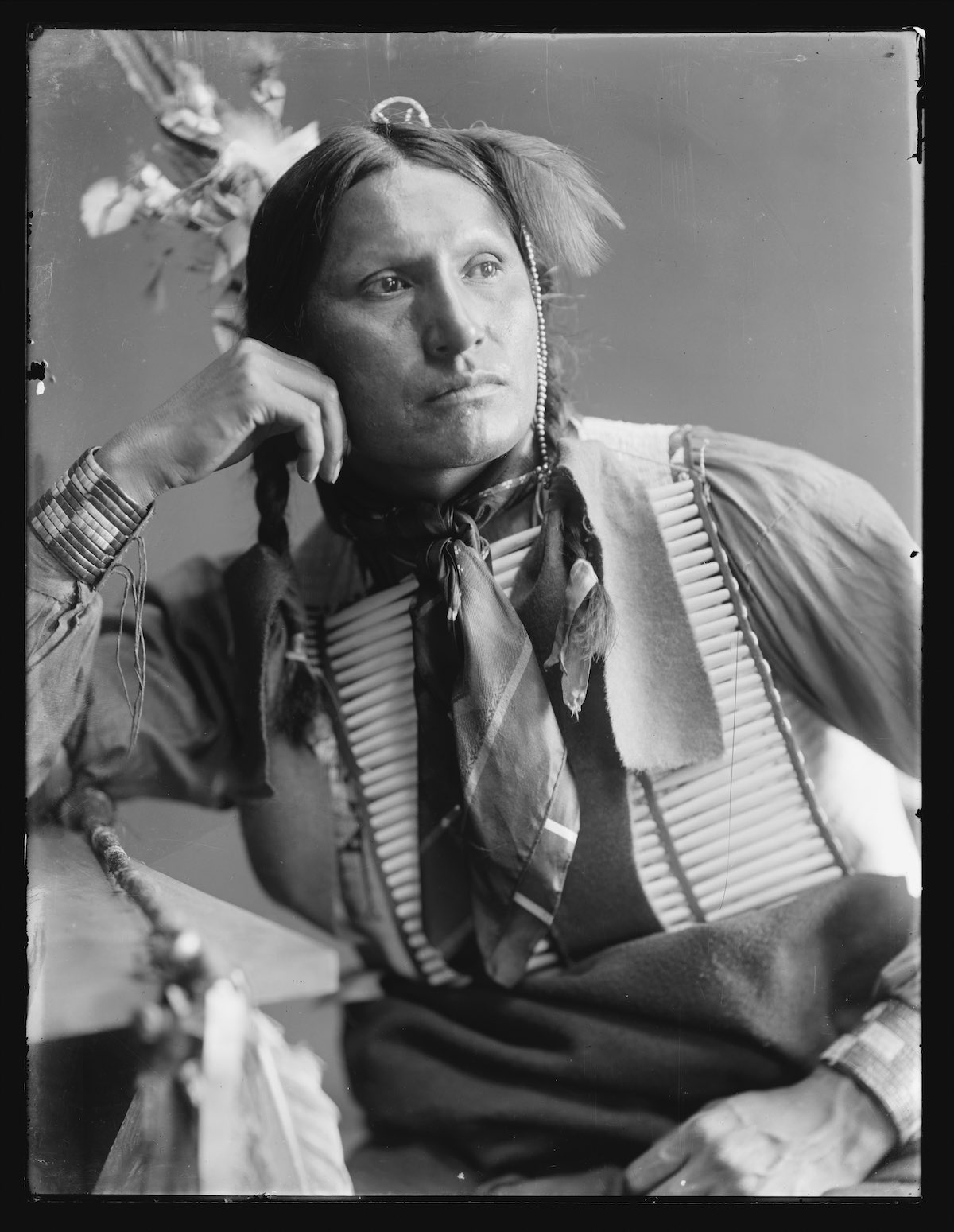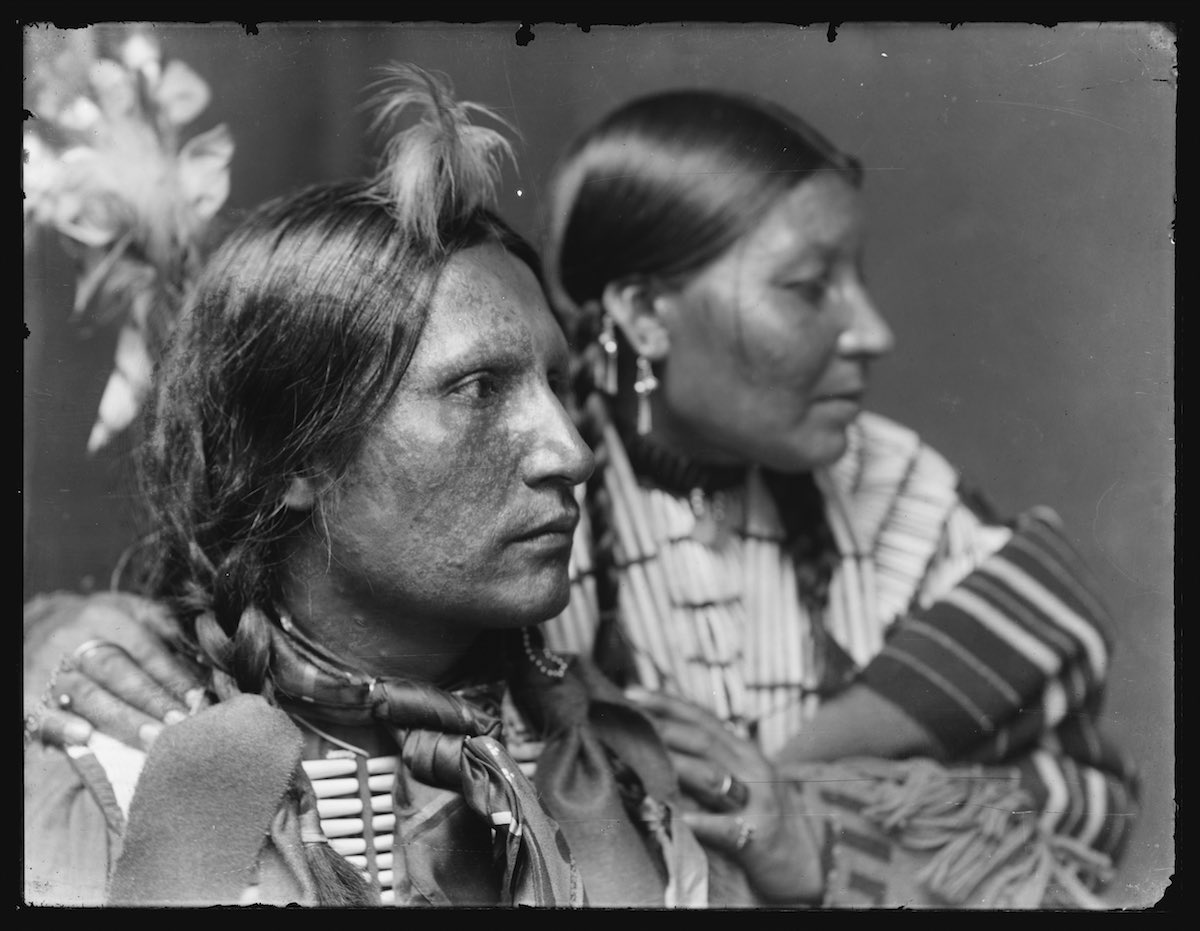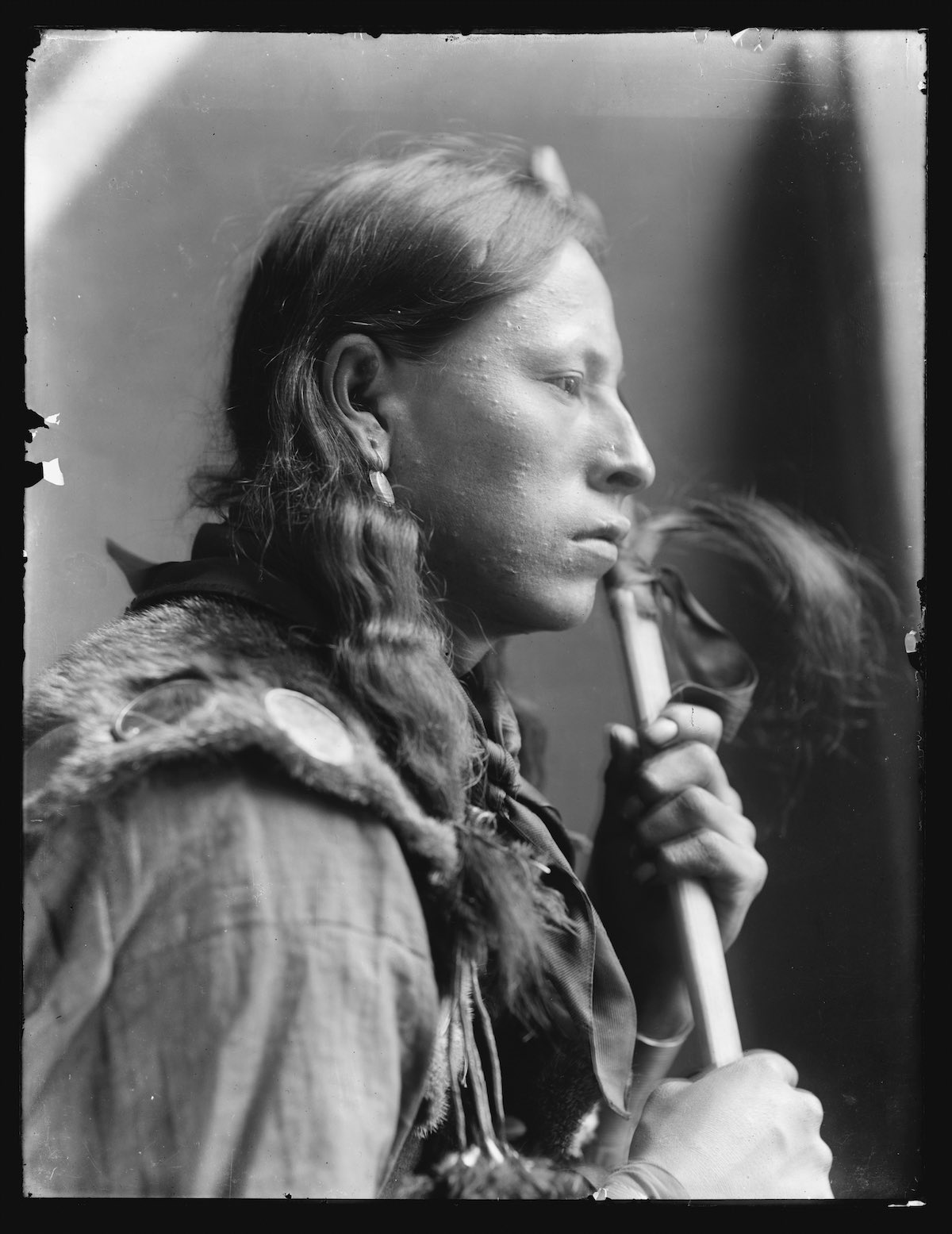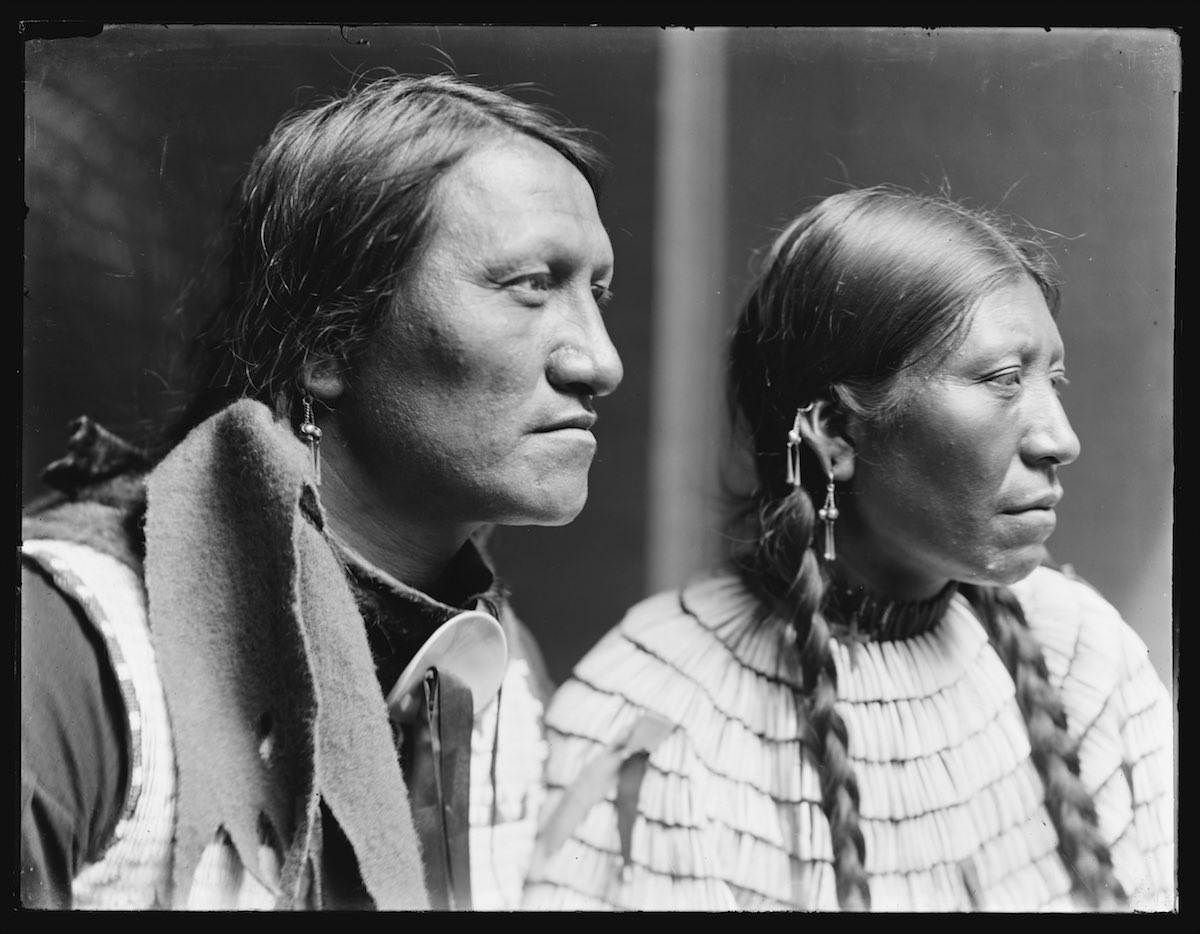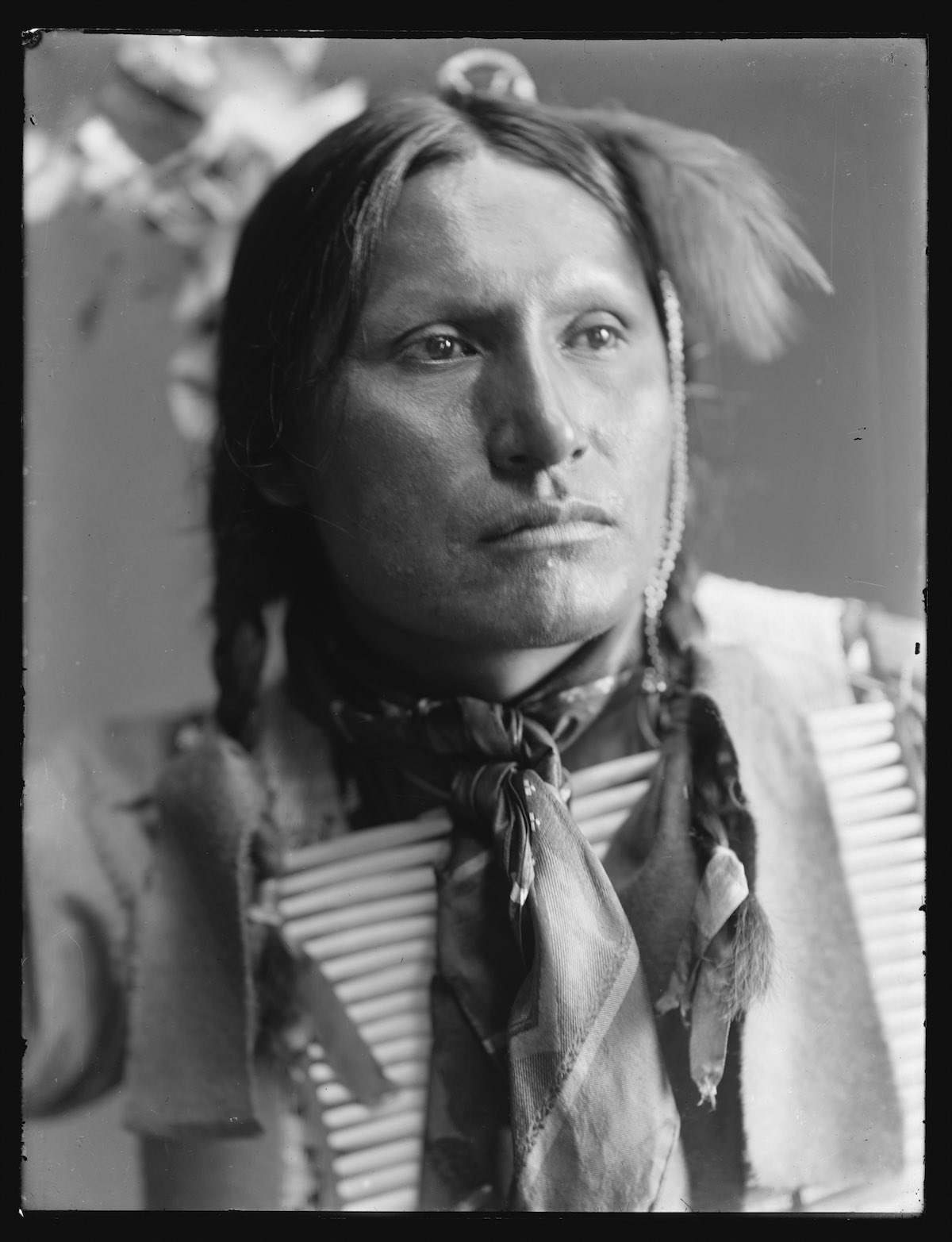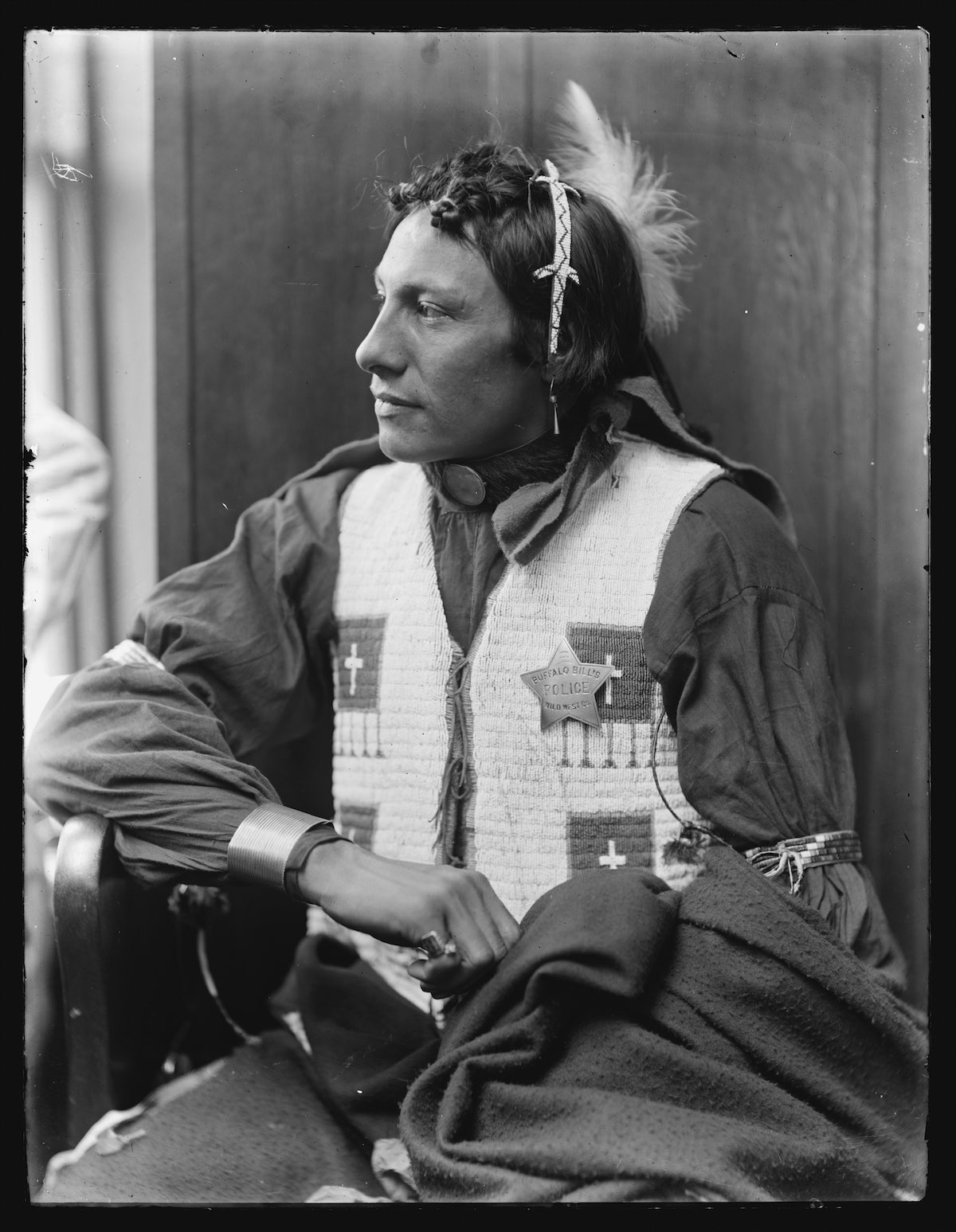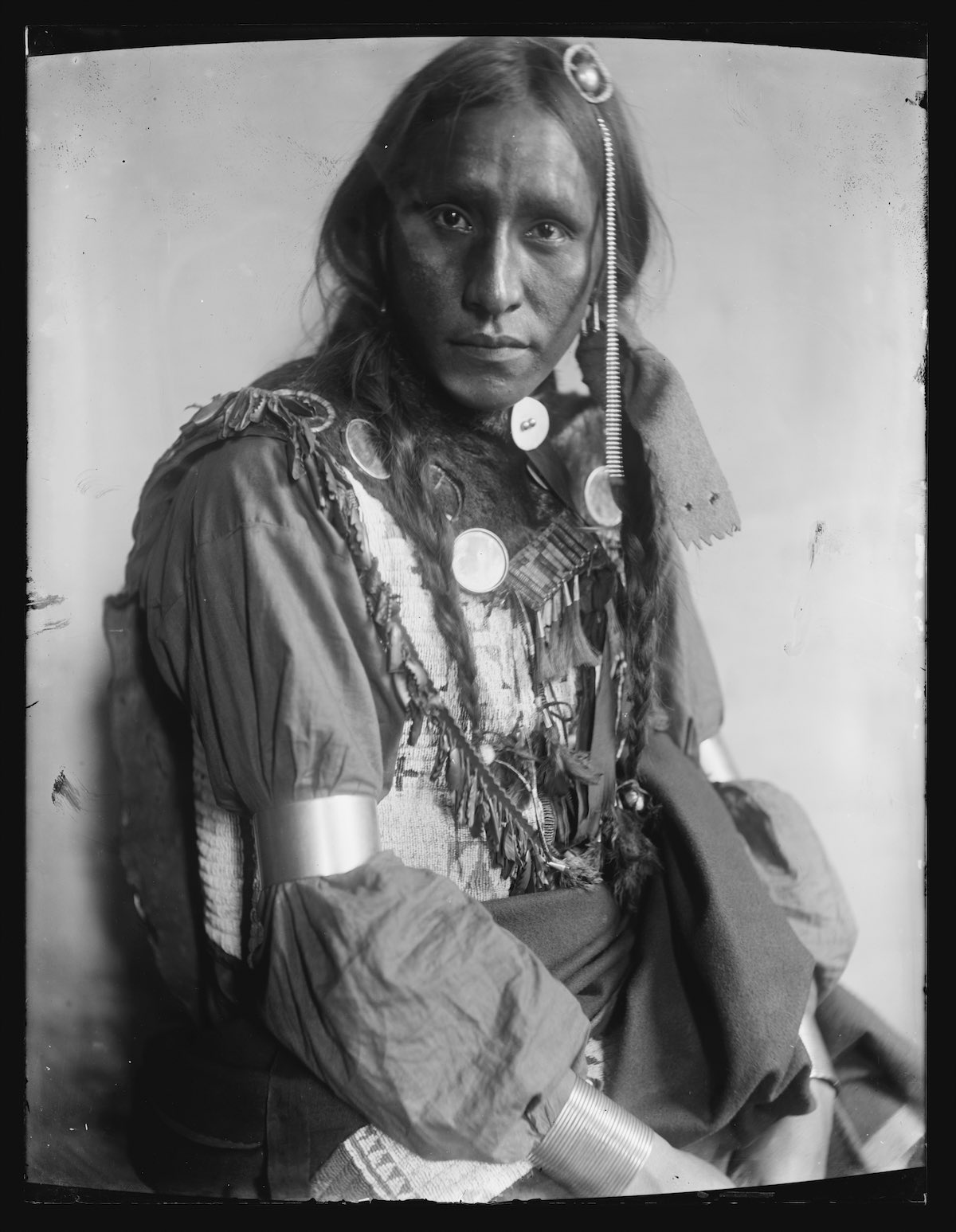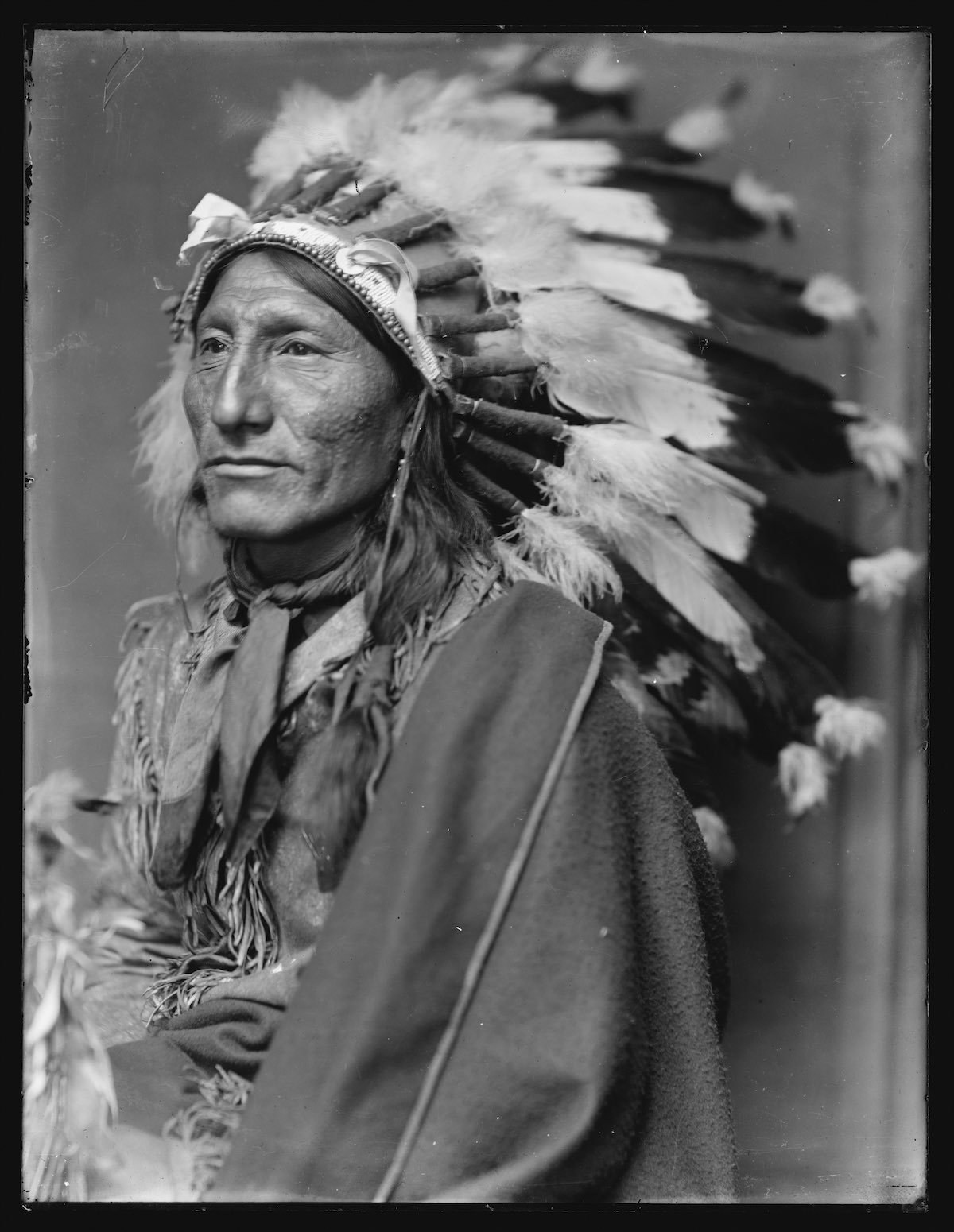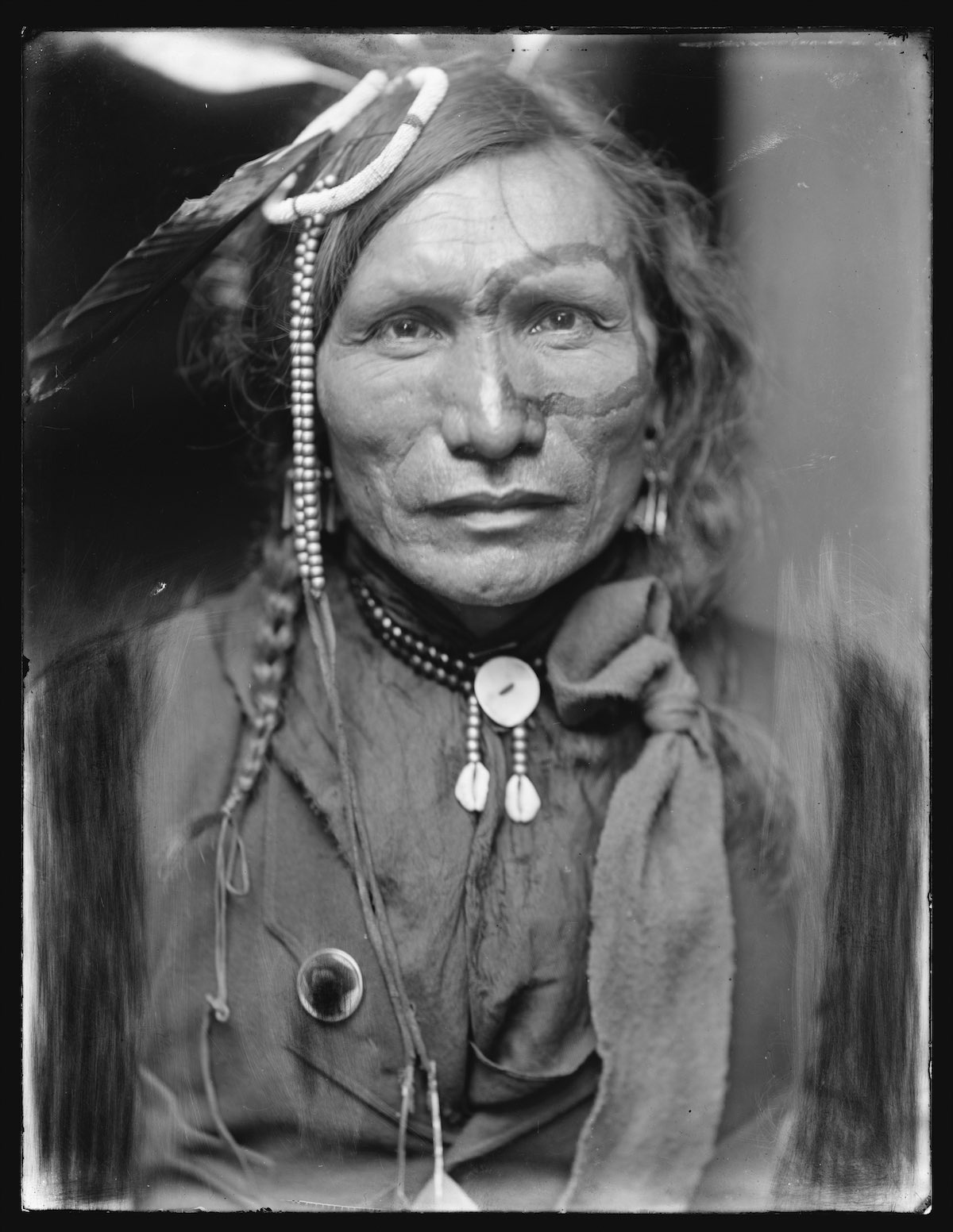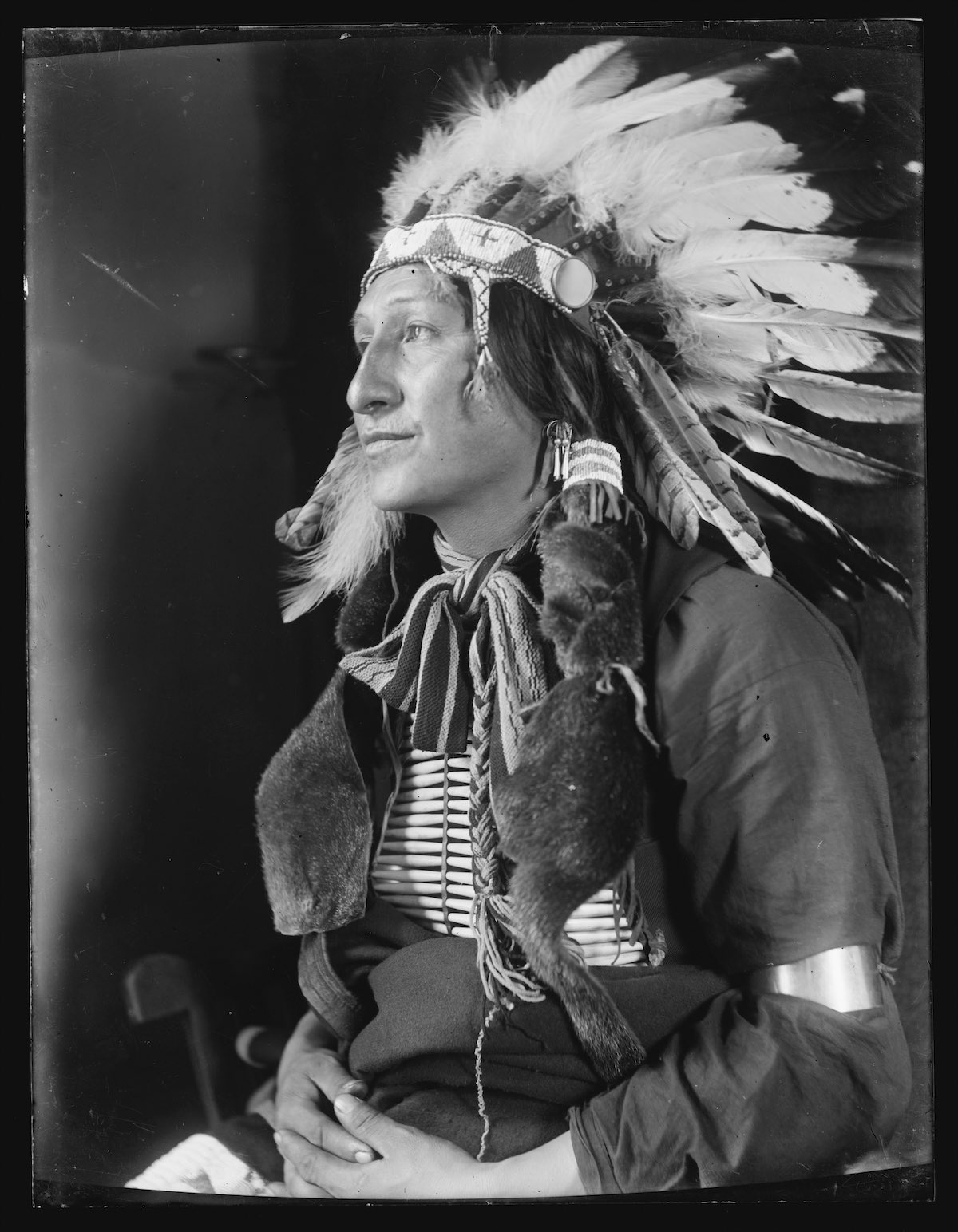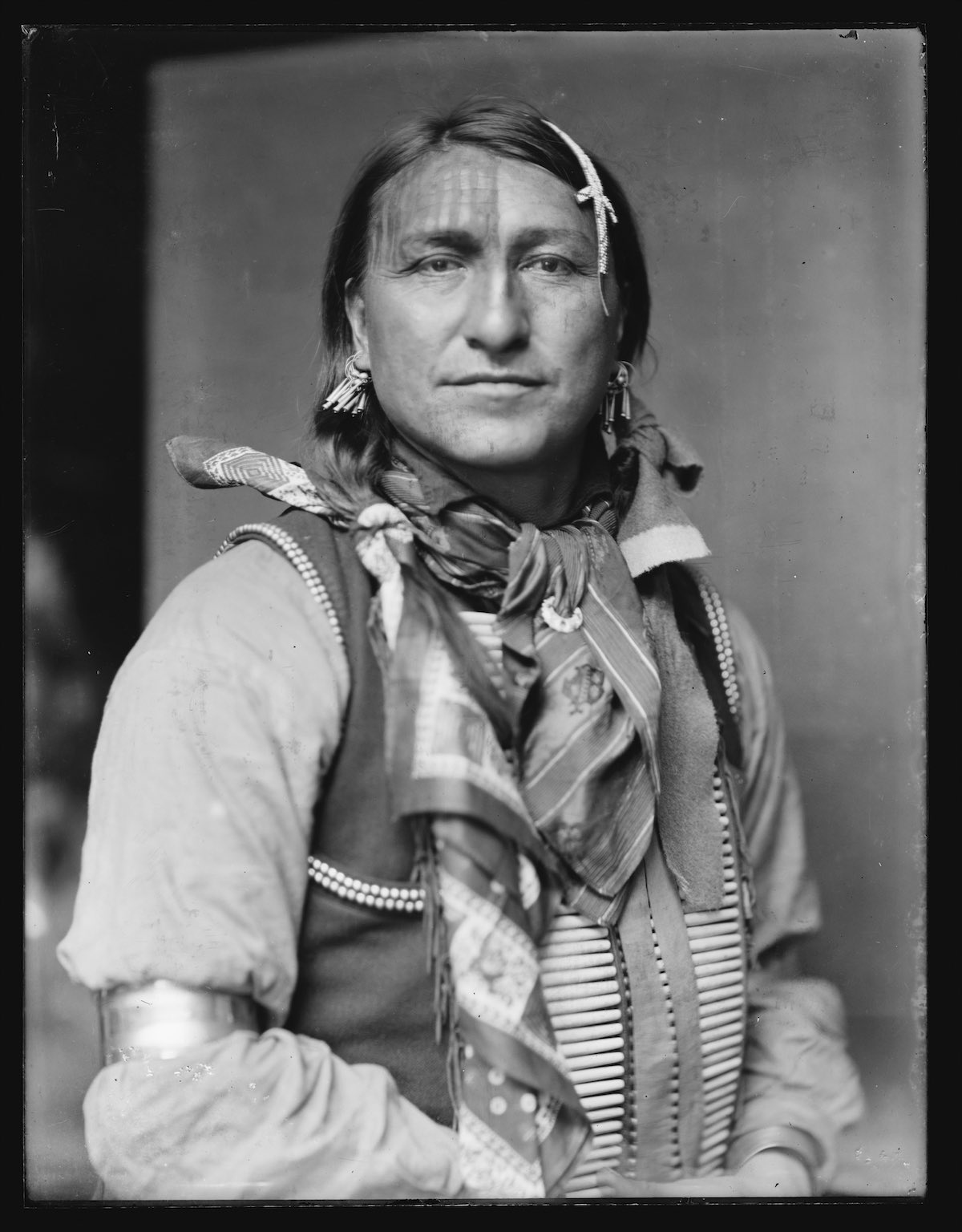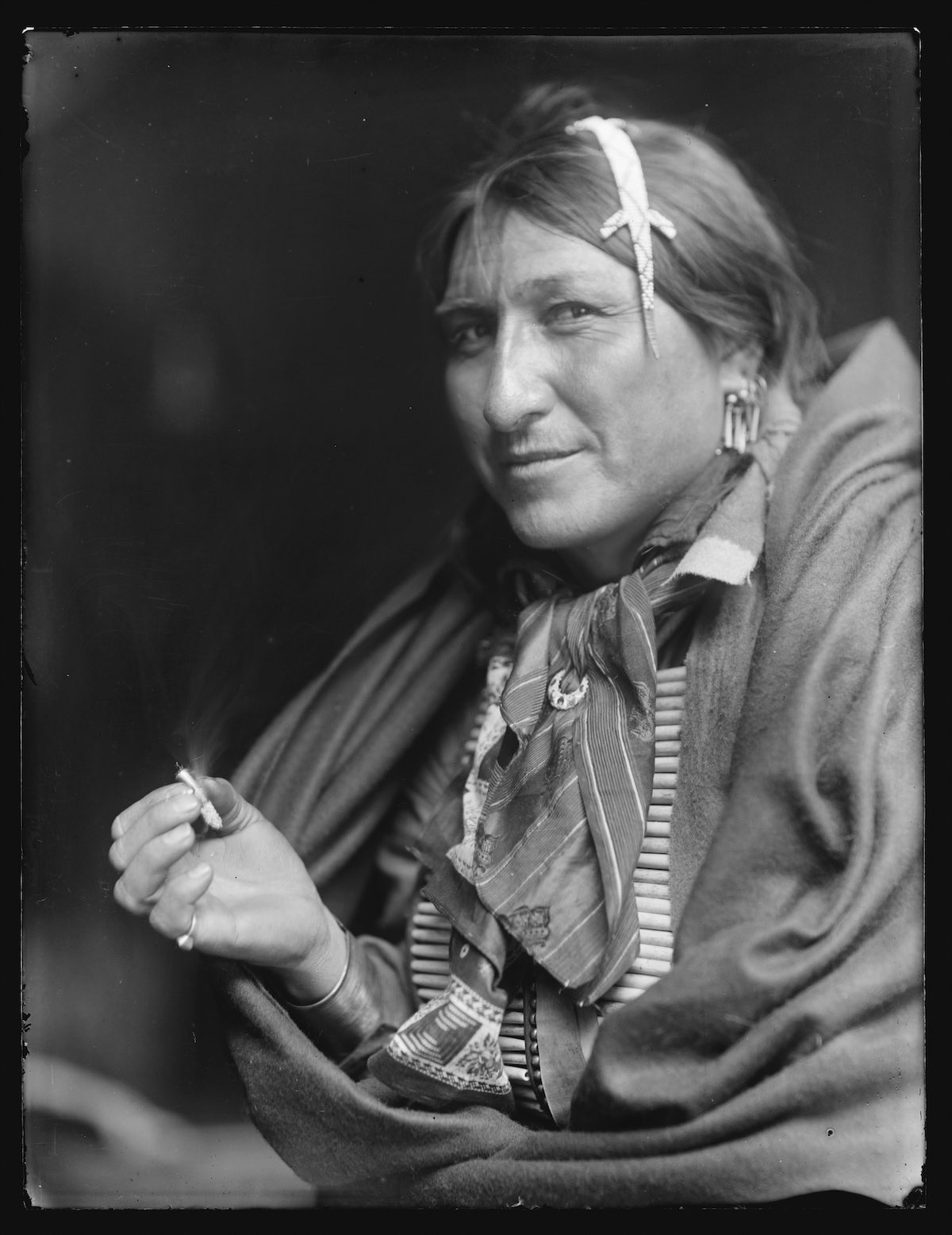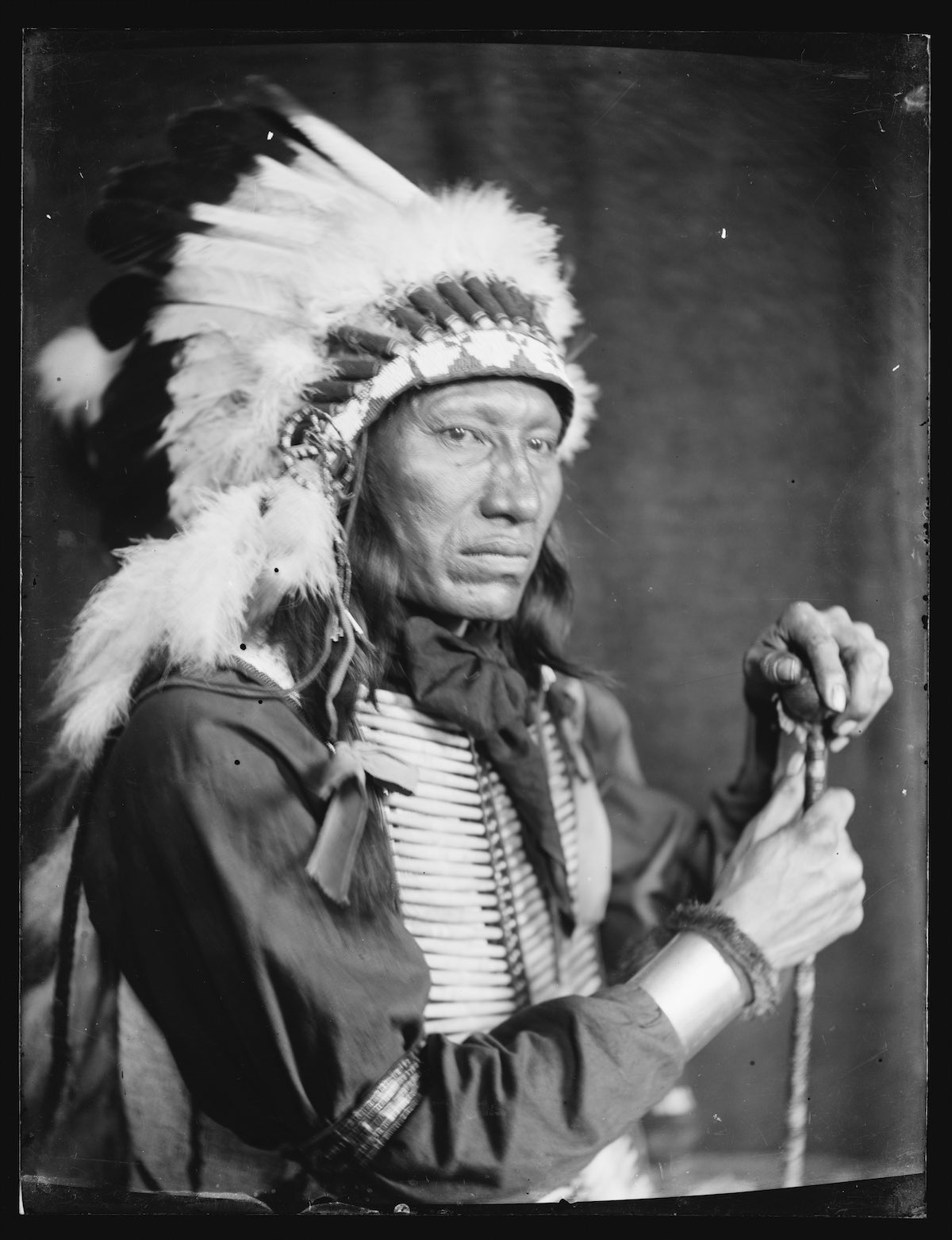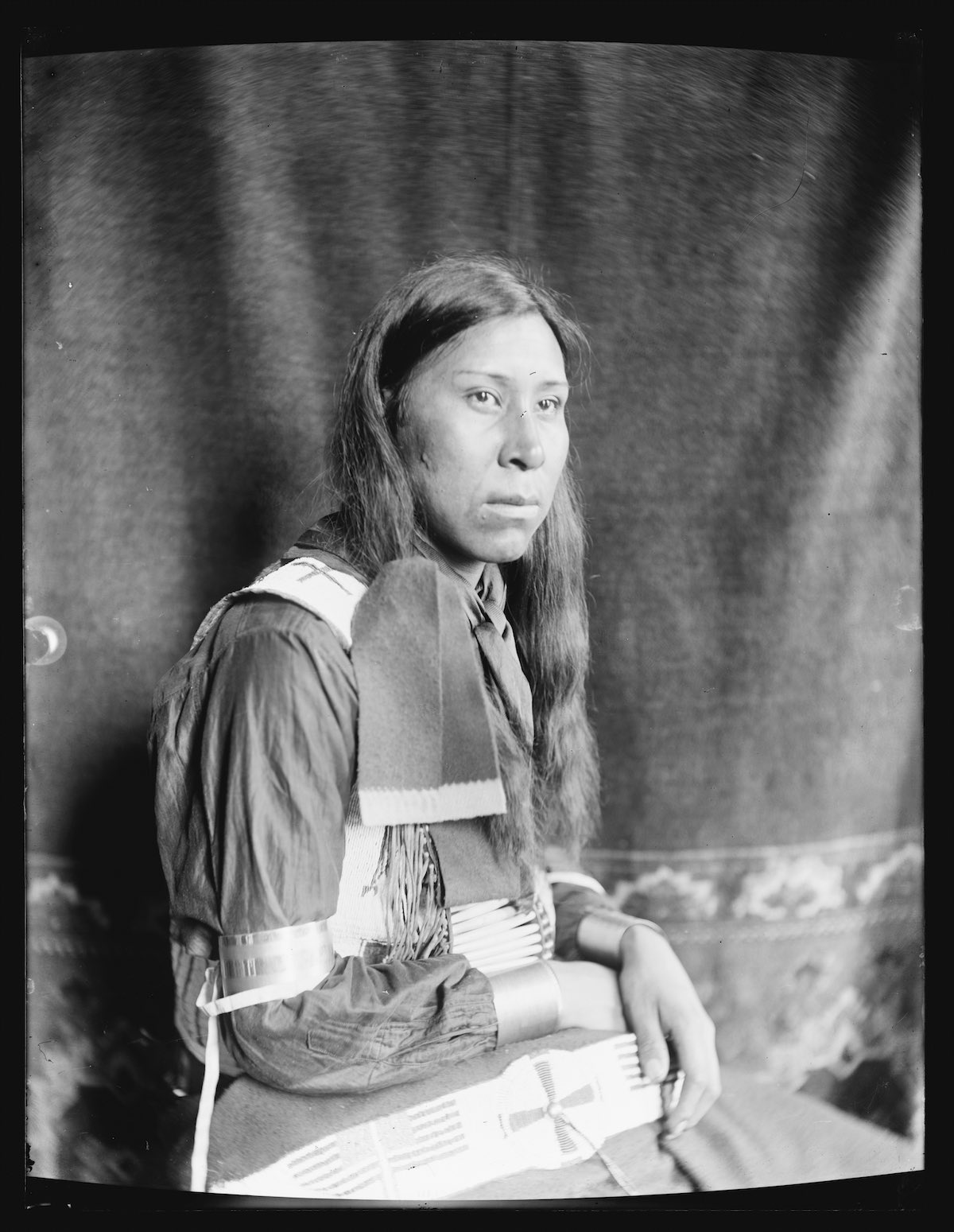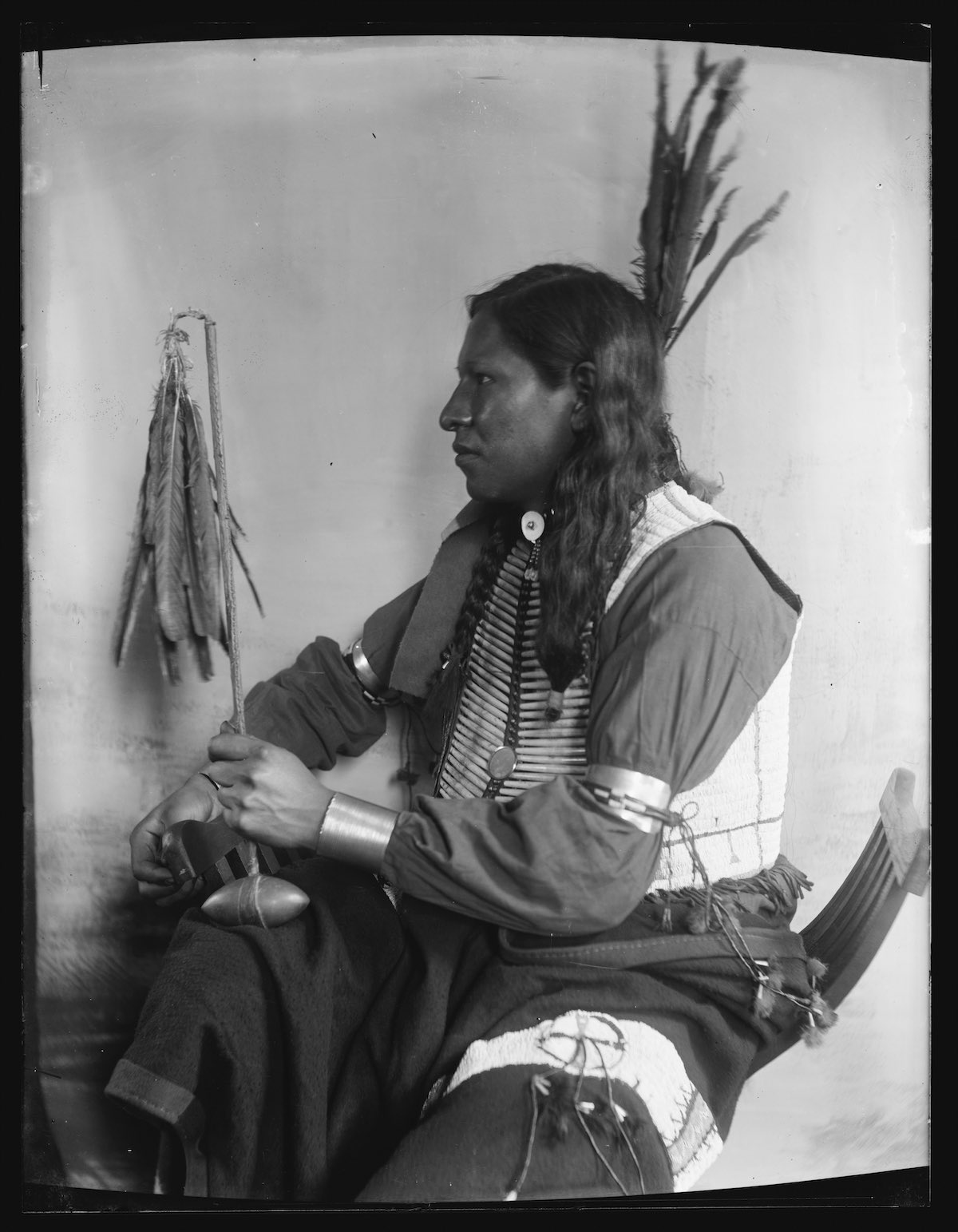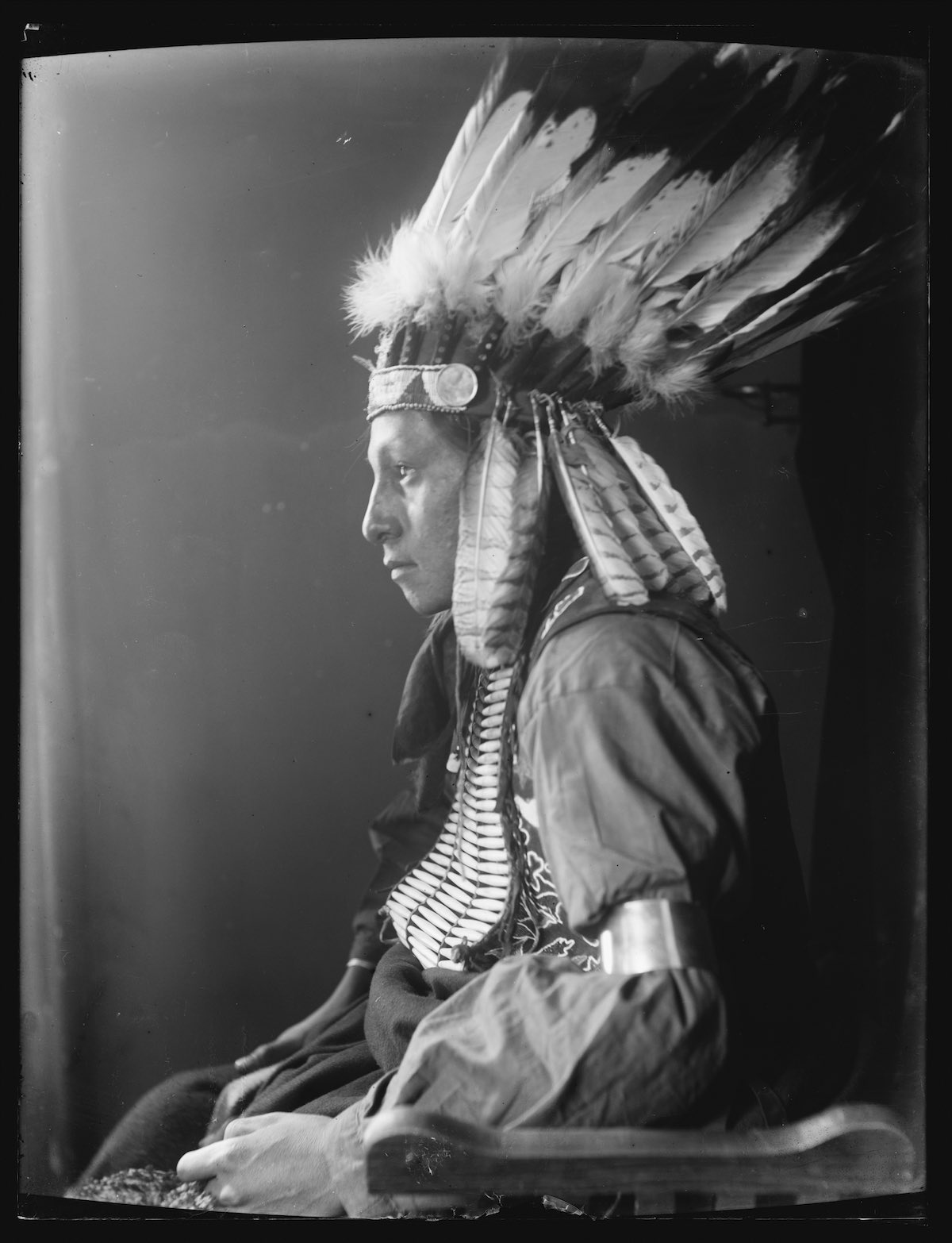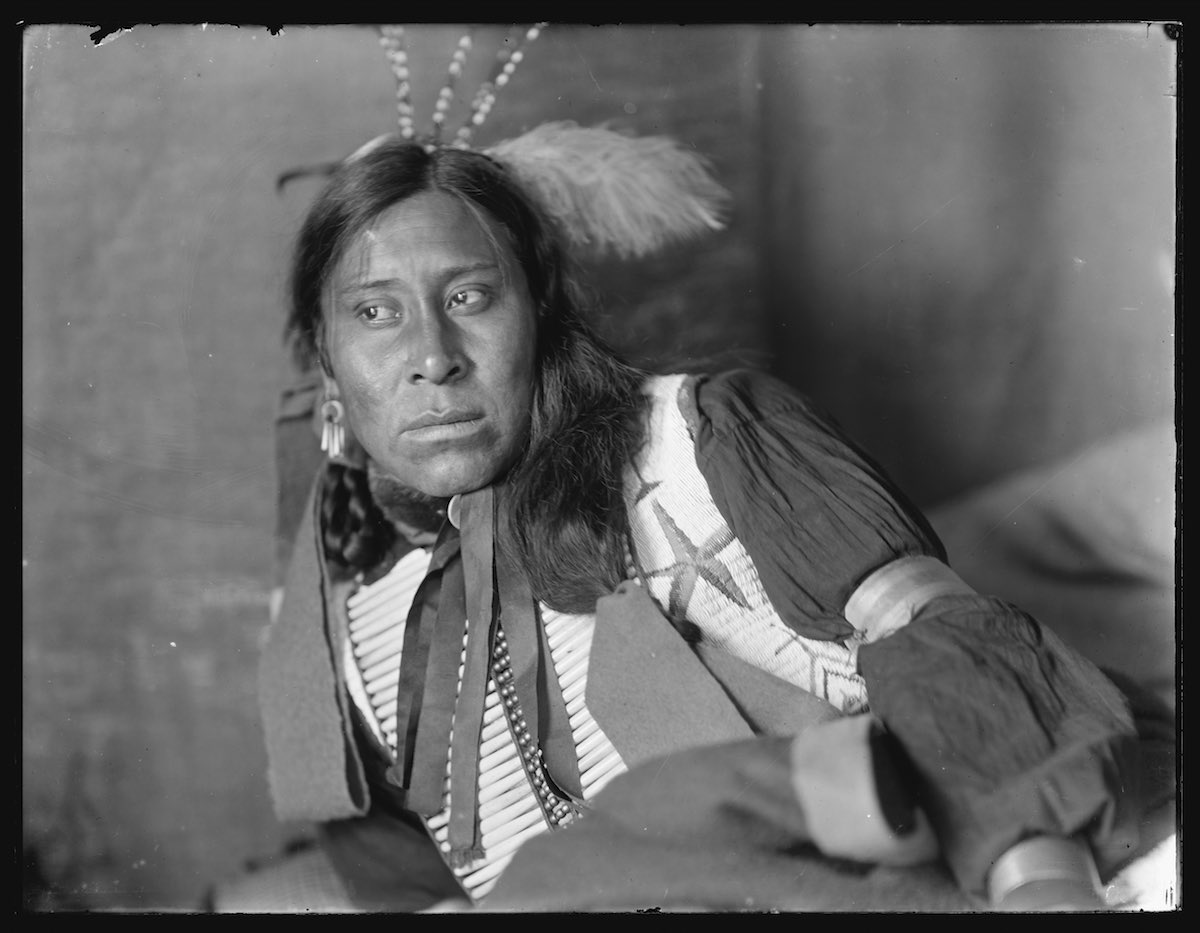US state mottos and seals
I randomly discovered – I can’t even remember how – that the state motto for California is "Eureka” and is from 1849. This made me wonder what the other states chose for their motto and when. I would like to know the why too, but I simply don’t have the time to dig around (although as I write this, I think I might if I find a particularly odd one).
Anyway, here, for your pleasure, are all 50 state mottos and their seals. Just because.
Alabama
Audemus jura nostra defendere, 1923
We dare defend our rights
Alaska
North to the Future,1967
American Samoa
Samoa, Muamua Le Atua, 1973
Samoa, let Atua be first
Arizona
Ditat Deus, 1863
God enriches
Arkansas
Regnat populus, 1907
The people rule
California
Eureka, 1849
I have found it
Colorado
Nil sine numine, 1861
Nothing without providence
Connecticut
Qui transtulit sustinet, 1662
He who transplanted still sustains
Delaware
Liberty and Independence, 1847
District of Columbia
Justitia Omnibus, 1871
Justice for all
Florida
In God We Trust, 1868
Georgia
Wisdom, Justice, Moderation, 1798
Guam
Guam doesn’t have one, apparently. Nice seal, though.
Hawaii
Ua mau ke ea o ka ʻāina i ka pono, 1843
The life of the land is perpetuated in righteousness
Idaho
Esto perpetua, 1890
Let it be perpetual
Illinois
State sovereignty, national union, 1819
Indiana
Crossroads of America, 1937
Iowa
Our liberties we prize and our rights we will maintain, 1847
Kansas
Ad astra per aspera, 1861
To the stars through difficulties
Kentucky
United we stand, divided we fall, 1942
Louisiana
Union, justice, confidence, 1902
Maine
Dirigo, 1820
I lead
Maryland
Fatti maschi, parole femine, 1874
Strong deeds, gentle words
Bonus info: Apparently, Maryland had Roman Catholic founders, hence the Italian.
Massachusetts
Ense petit placidam sub libertate quietem, 1775
By the sword we seek peace, but peace only under liberty
Michigan
Si quaeris peninsulam amoenam circumspice, 1835
If you seek a pleasant peninsula, look about you [love this. So basic]
Minnesota
L'Étoile du Nord, 1861
The star of the North
Bonus info: French was used to honor the French explorers who visited the Minnesota area in the 17th century
Mississippi
Virtute et armis, 1894
By valor and arms
Missouri
Salus populi suprema lex esto, 1822
Let the welfare of the people be the supreme law
Montana
Oro y plata, 1865
Gold and silver [it does what it says on the tin]
Nebraska
Equality before the law, 1876
Nevada
All For Our Country, 1866
New Hampshire
Live Free or Die, 1945
New Jersey
Liberty and prosperity, 1928
New Mexico
Crescit eundo
It grows as it goes, 1887 [points for the rhyme]
New York
Excelsior, 1778
Ever upward
North Carolina
Esse quam videri, 1893
To be, rather than to seem [points for philosophy]
North Dakota
Liberty and union, now and forever, one and inseparable, 1863
Northern Mariana Islands
This lot don’t have one either.
Ohio
With God, all things are possible, 1959 [are they tho]
Oklahoma
Labor omnia vincit, 1893
Labor conquers all things [I think it’s love but OK]
Oregon
Alis volat propriis, 1854
She flies with her own wings
Pennsylvania
Virtue, liberty, and independence, 1875
Puerto Rico
Joannes Est Nomen Ejus, 1664
John is his name
Bonus info: So this refers to St. John the Baptist or San Juan Bautista, the original Spanish name of the island. Makes for an interesting motto.
Rhode Island
Hope, 1664
South Carolina
Dum spiro spero, 1777
While I breathe, I hope
South Dakota
Under God the people rule, 1885
Tennessee
Agriculture and Commerce, 1802
Texas
Friendship, 1930
Utah
Industry, 1896
Vermont
Freedom and Unity, 1779
Virginia
Sic semper tyrannis, 1776
Thus always to tyrants
U.S. Virgin Islands
United in Pride and Hope, 1991
Washington
Al-ki or Alki
By and by
Bonus info: Chinook Jargon (a language originating as a pidgin trade language in the Pacific Northwest) and no date!
West Virginia
Montani semper liberi, 1863
Mountaineers are always free [deep]
Wisconsin
Forward, 1851
Wyoming
Equal Rights, 1893 [with two white dudes]
Did I regret doing this halfway through? Yes, yes I did.



